You might be thinking… uh Georgette, you are way off on this one.
Perhaps the Groundhog Day of existence at the moment (plus it snowed today in many areas of Tuscany – mother nature’s last laugh) is making you think it is actually December 31st.
However, March 25th, is indeed a day that once marked a new year for Florentines “Capodanno Fiorentino” until the year 1750 when the city changed to fit the Gregorian calendar using by other European cities. Not only in Florence mind you, but all of Tuscany once celebrated on this day!
Origins of Florence’s New Year on March 25th
The reason for celebrating on this day was naturally, as you may already suspect considering Italy’s past, is a religious one. The 25th marked the date of the Annunciation of the Blessed Virgin Mary. So, in honor of the Virgin, this date was then decreed the beginning of the civil year in Florence that also coincided with the Spring equinox.
Celebrations took place in and around the Basilica of the Santissima Annunziata in one of my favorite squares in town. The iconic Vasari-designed archways and Ferdinando I de’ Medici sitting majestically on his horse in the center of the square, looking forcibly towards the Duomo. This city is forever home to an innumerable number of signs in every shape and form.
In the Basilica’s highly revered fresco there is a legend that it was actually painted by an angel.
The artist in charge was in despair and did not feel able to paint the Madonna’s expression of rapture and after days of work he fell asleep and found the fresco miraculously finished when he woke up.The theme of the Annunciation has also been very popular in Florentine painting: from Botticelli to Leonardo all the great artists have offered an interpretation of the subject and the fresco of the Annunziata was widely copied by travelers and painters.
This celebration continued until the decree of the Grand Duke Francesco III of Lorraine who in November 1749 decided to start the year on January 1st (there is a little-noticed plaque in the Loggia Dei Lanzi noting this event). This was done to end the “confusion of dates” that existed in Tuscany, conforming to the system used at the time in most of Europe.
Local Celebrations (Well Except for 2020)
Normally on this day there is an afternoon parade of historical costumed figures making their joyous way through the city to Piazza SS. Annunziata to pay a visit to the ancient fresco (mentioned above) of the Annunciation in the Chapel of the Holy Effigy within the Basilica.
Crowds of people typically fill the square with candy sold to children and flags are thrown into the air at happy intervals. Today we won’t be able to stand in the Piazza and watch the parade as we normally would but I highly encourage you to watch Dario Nardella’s (our local mayor) latest video on Instagram featuring a heart-warming reportage of Florentines wishing the city a Happy New Year or “Capodanno Fiorentino” with encouraging words for the future of Florence.
https://www.instagram.com/p/B-J6rQ0CpHy/
What can we do today instead? Embrace #Dantedì! A Digital Celebration of Florence’s 13th Century Poet
“Dante and Shakespeare divide the modern world between them, there is no third.” T.S. Eliot
March 25. This is the date that scholars identify as the beginning of the otherworldly journey of the Divine Comedy and Dantedì . essentially a day dedicated to Dante Alighieri recently instituted by the government, celebrated for the first time in 2020.

The supreme poet is a true symbol of Italian culture and father of the Italian language hence why celebrating him is a great way to unite the country during this difficult moment. All by sharing Dante’s verses with their timeless charm.
This first edition of Dantedì is obviously a digital one because of the lockdown. Today, there are virtual readings involving schools, museums, archives, libraries, artists, Mibact and Miur and Rai television.
Dante or beloved Dante was born in Florence, Italy around 1265. He was the son of Alighiero di Bellincione Alighieri and Bella di Abati, and he grew up among Florentine aristocracy. He is arguably best known for his masterpiece La Commedia (known in English as The Divine Comedy), which is universally considered one of world literature’s greatest poems.
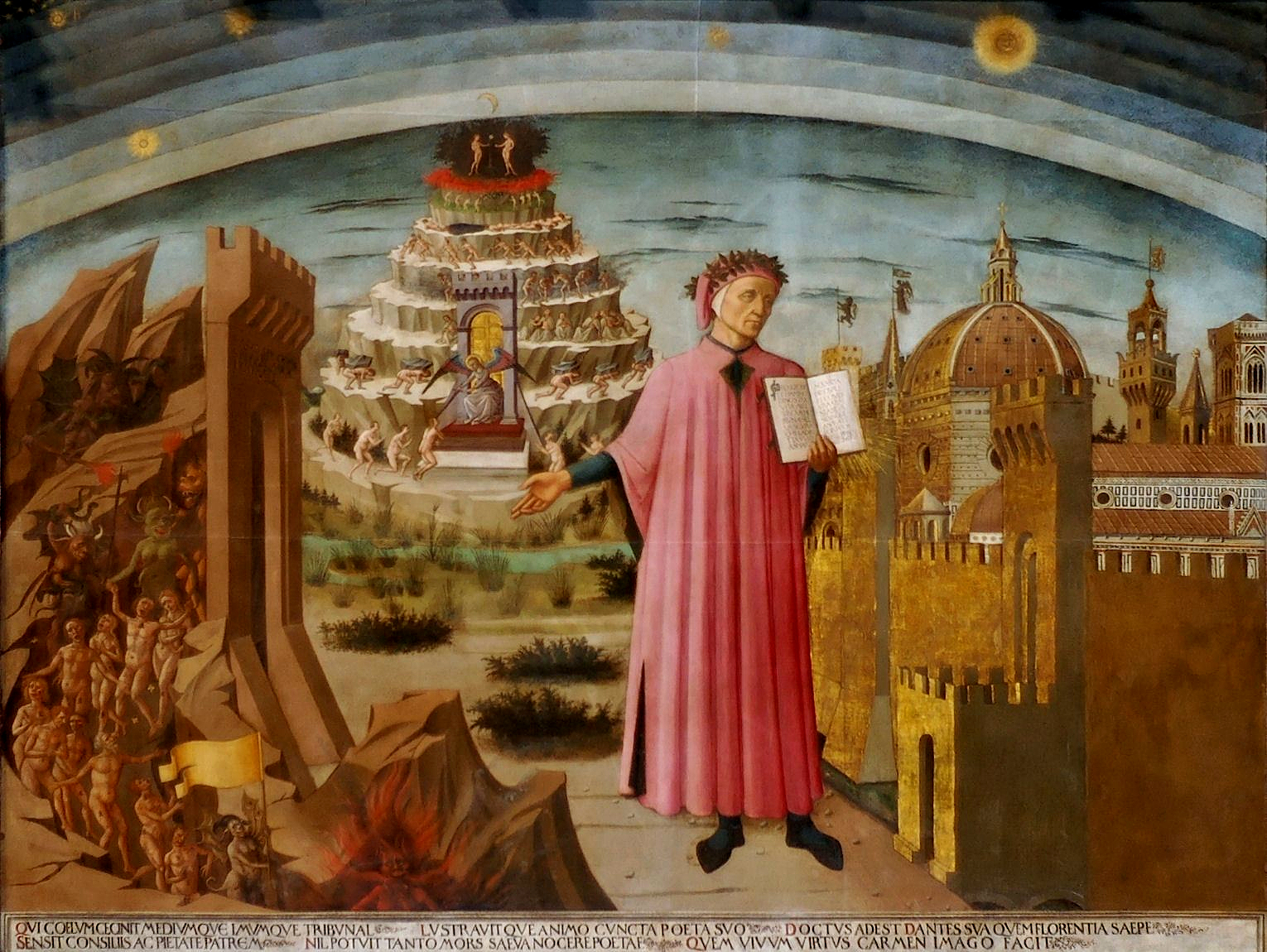
It is divided into three sections—Inferno, Purgatorio, and Paradiso—and it presents an encyclopaedic overview of the mores, attitudes, beliefs, philosophies, aspirations, and material aspects of the medieval world. It is said that here is where Dante singled out corrupt leaders and political enemies, but the poem as a whole was actually inspired by unrequited love (oh Beatrice!). For those who need a beginner’s guide – check out this excellent post.

Since many celebrations for Dante’s day were to take place this year – many have moved their celebrations online and inside to help cultural unity flourish during this difficult time. Here’s how you can participate!
- Read the beginning of Dante’s “Divine Comedy” from your window tonight at 6pm.
- Check out a virtual exhibition dedicated to Danteat the Uffizi Gallery.
- Read a great blog post about Dante and his Ravenna (the city where his tomb is located).
- Read this poem by Harry Cochrane titled “Dante Revisited” on The Florentine.
- Also via the Uffizi – watch a virtual tour in the ‘underworld’ of the Galleryon their Facebook page with the official archaeologist and curator of the Gallery’s classical art, Fabrizio Paolucci,
- Rai Teche Dantedi video page
- Read this article by The Florentine with news on where to catch additional Dante readings

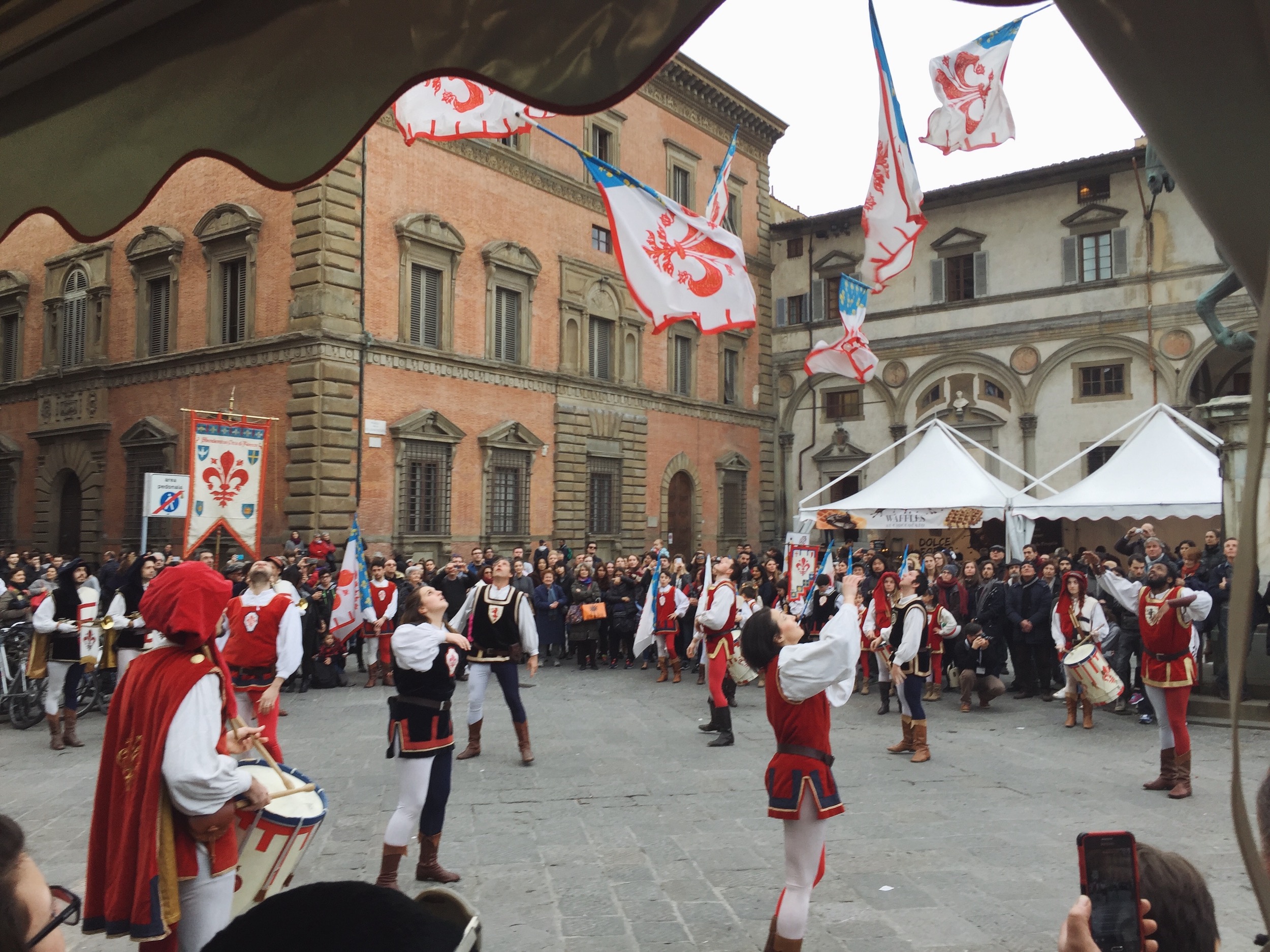
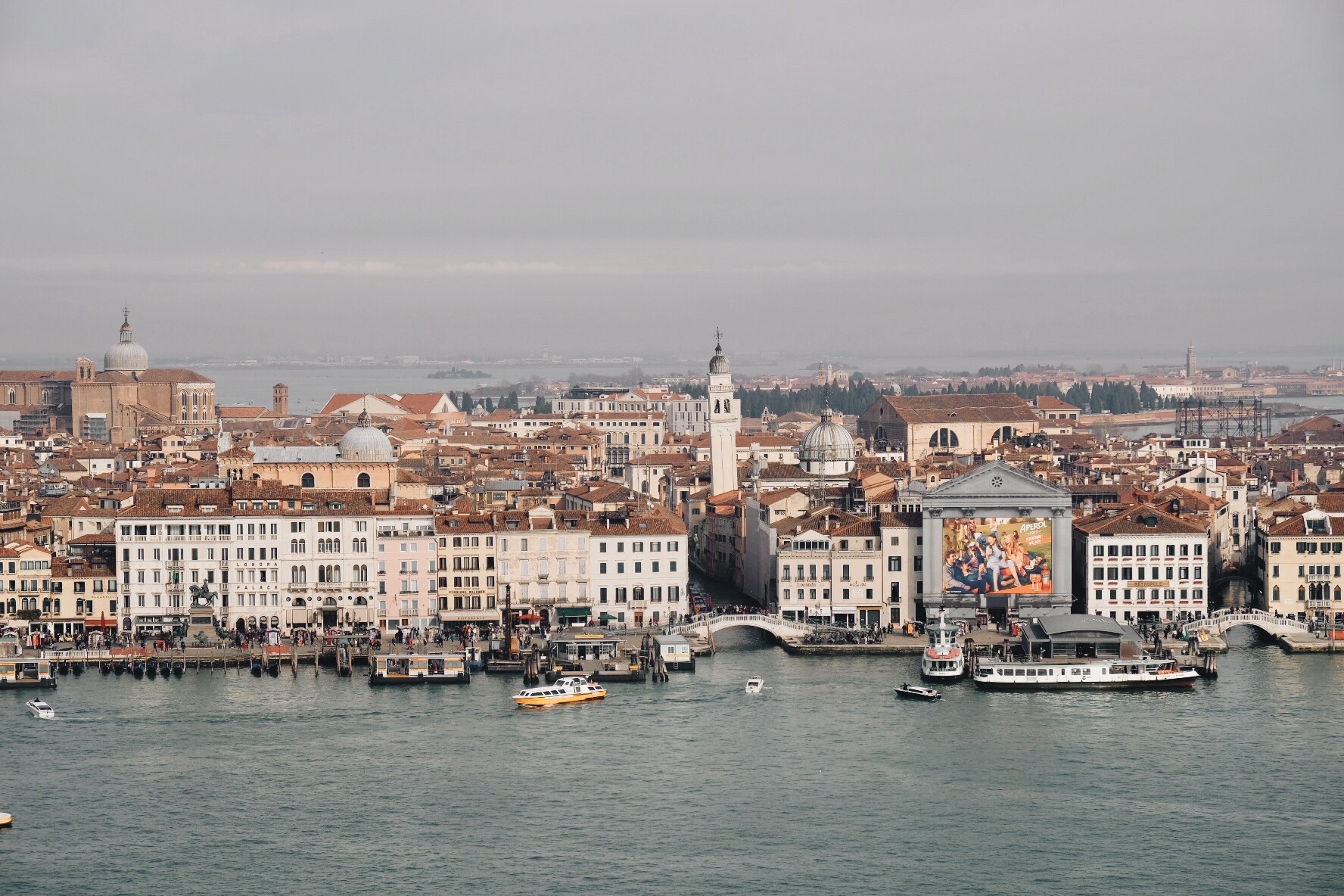

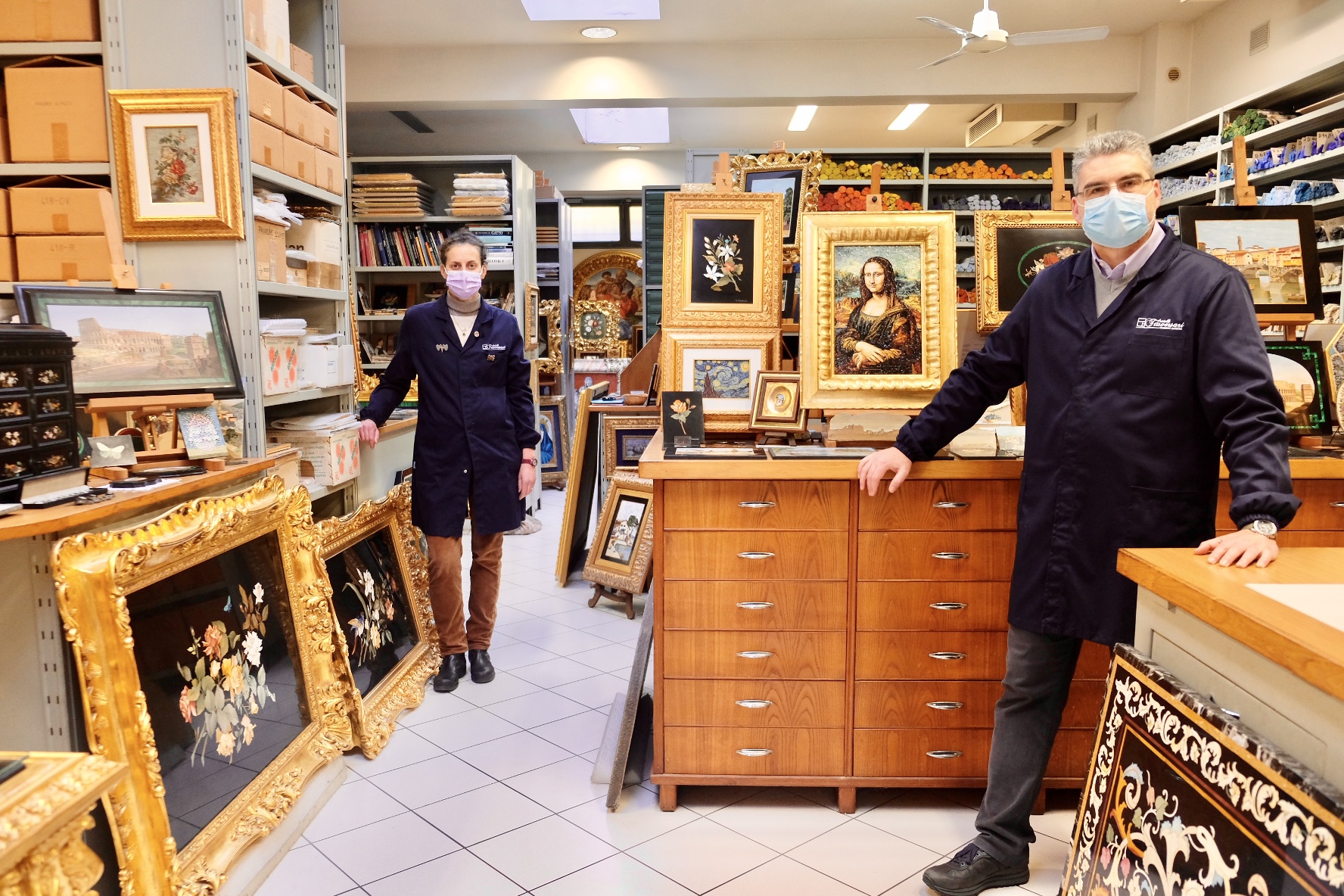

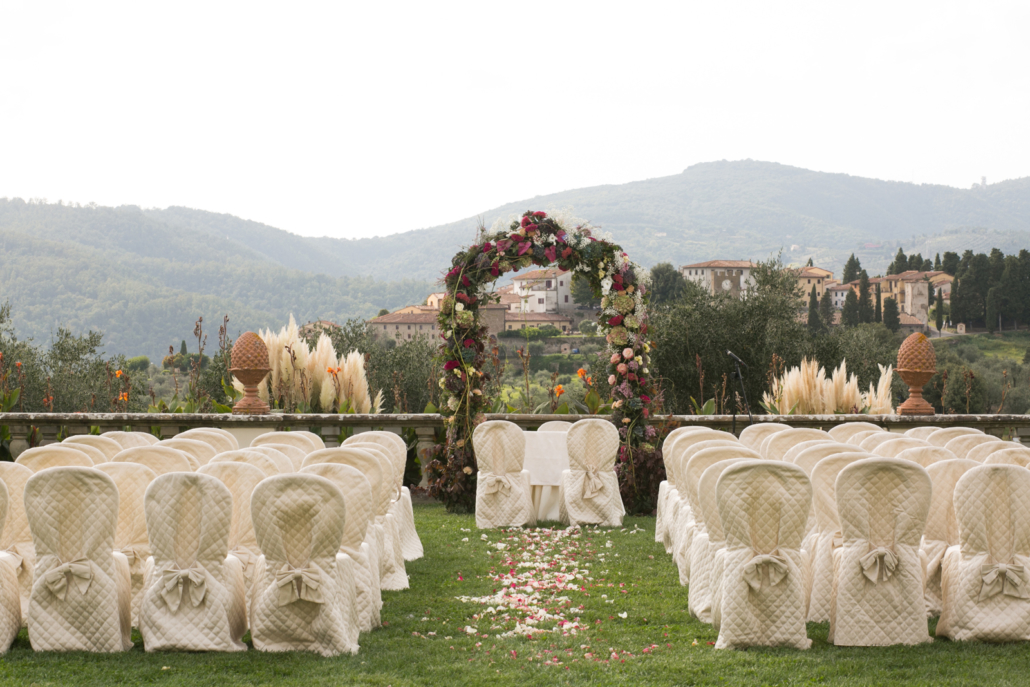





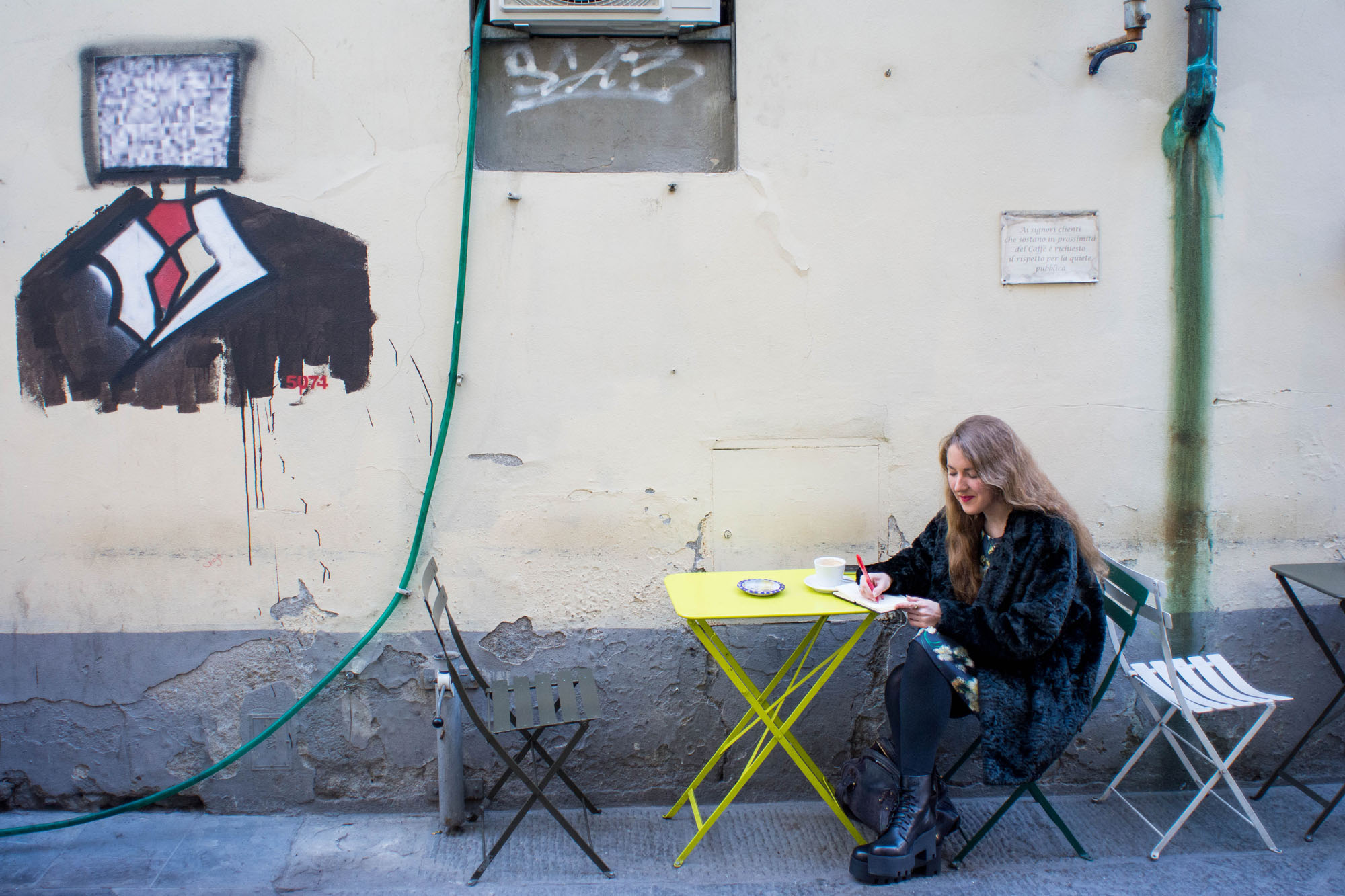

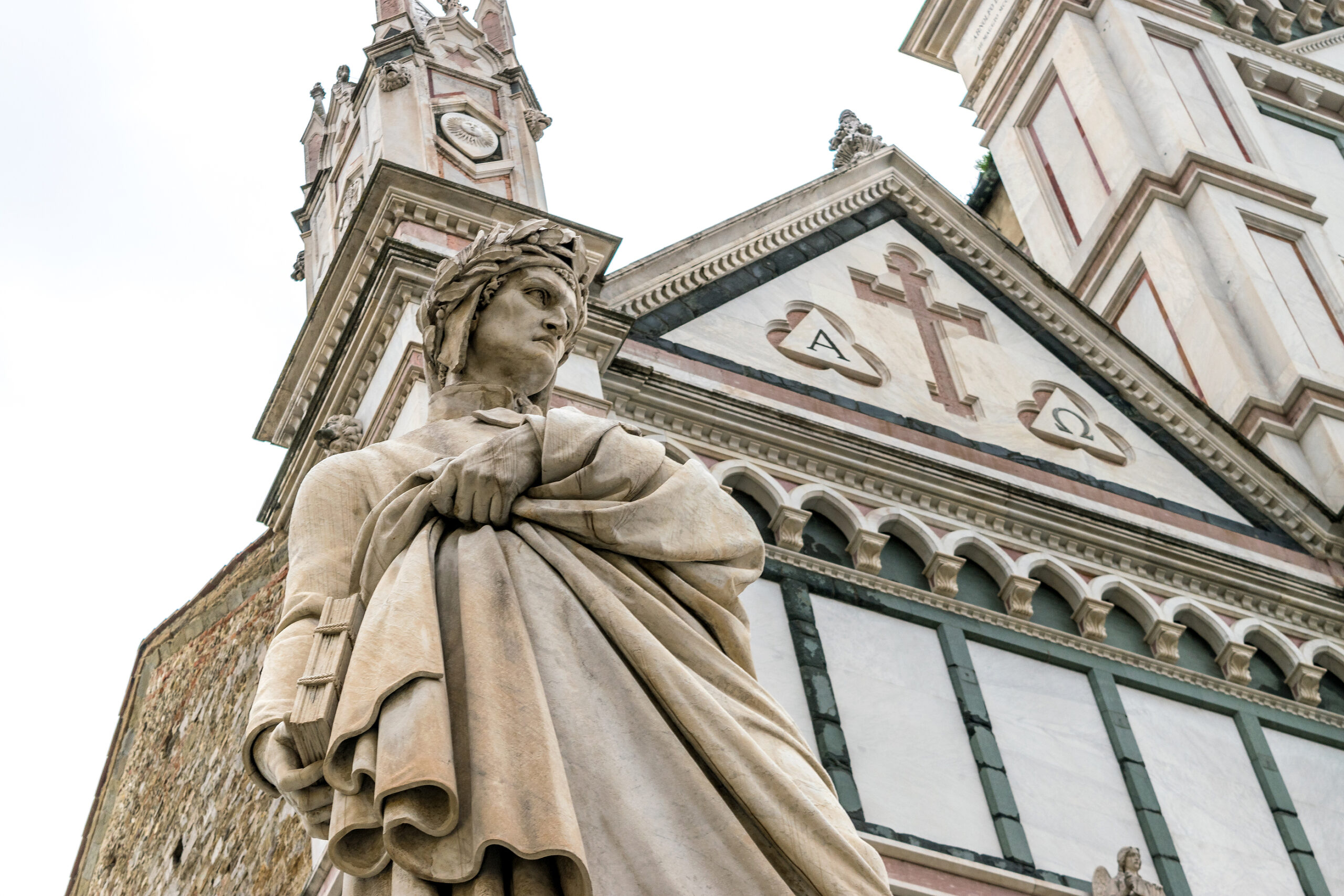




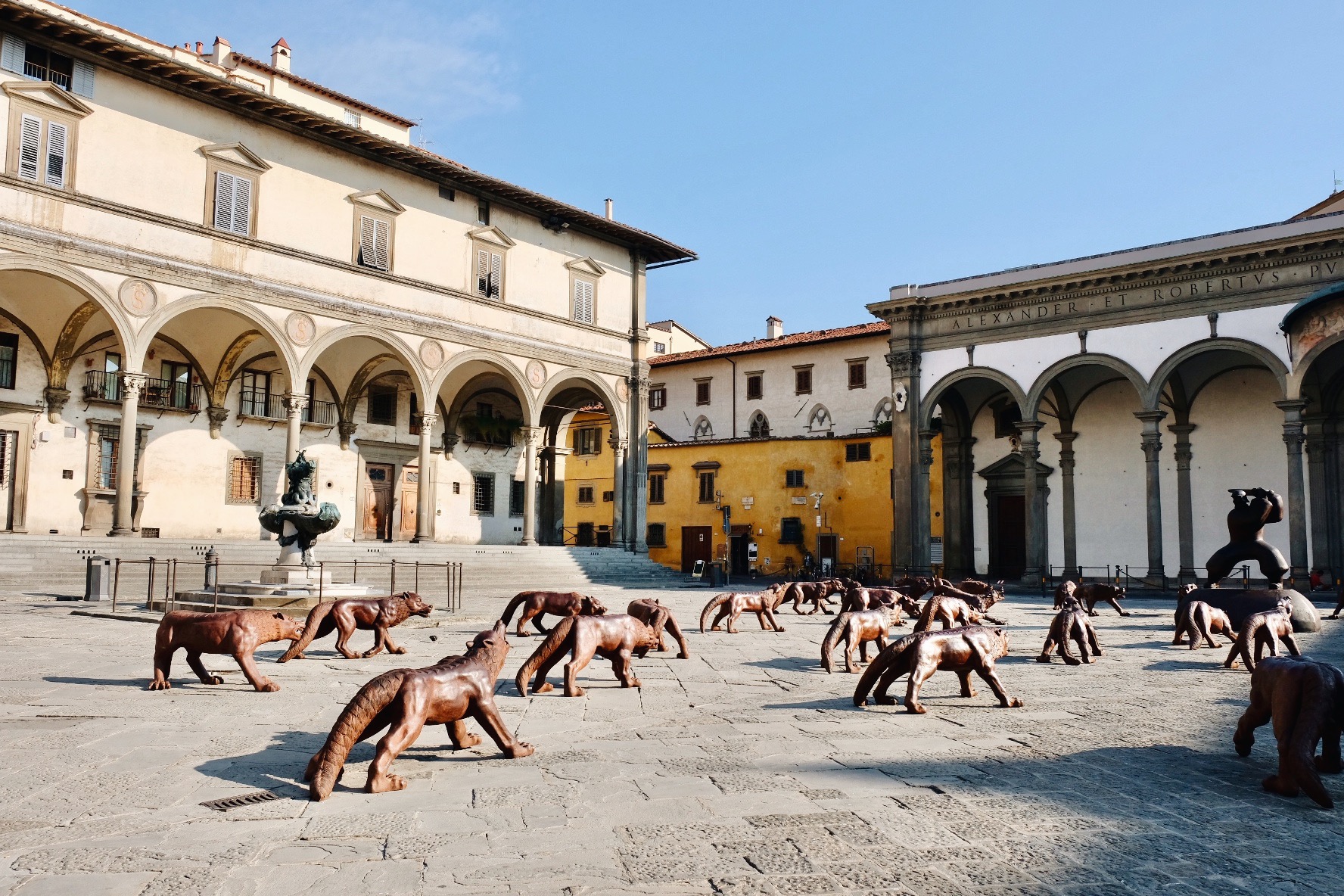

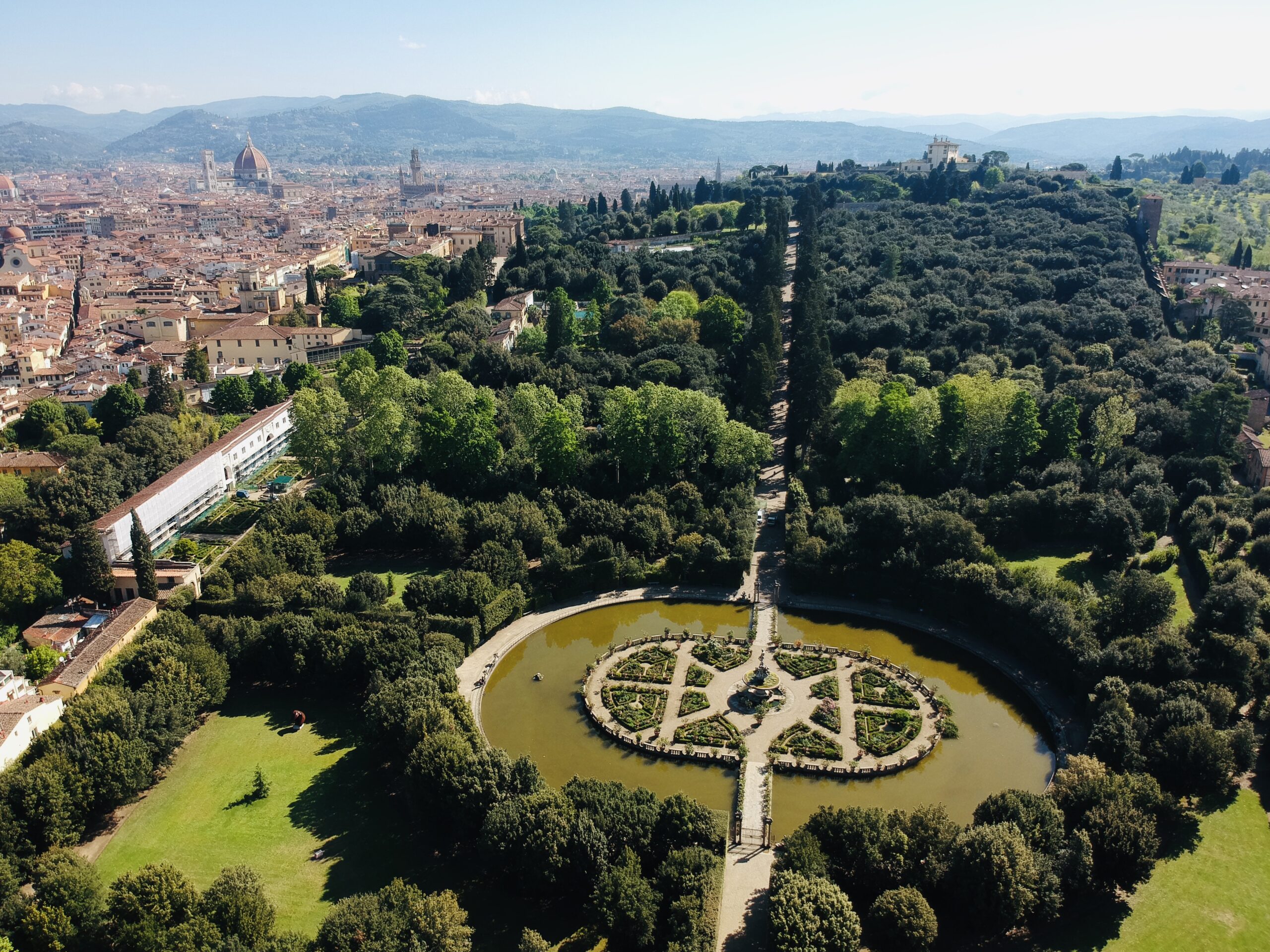
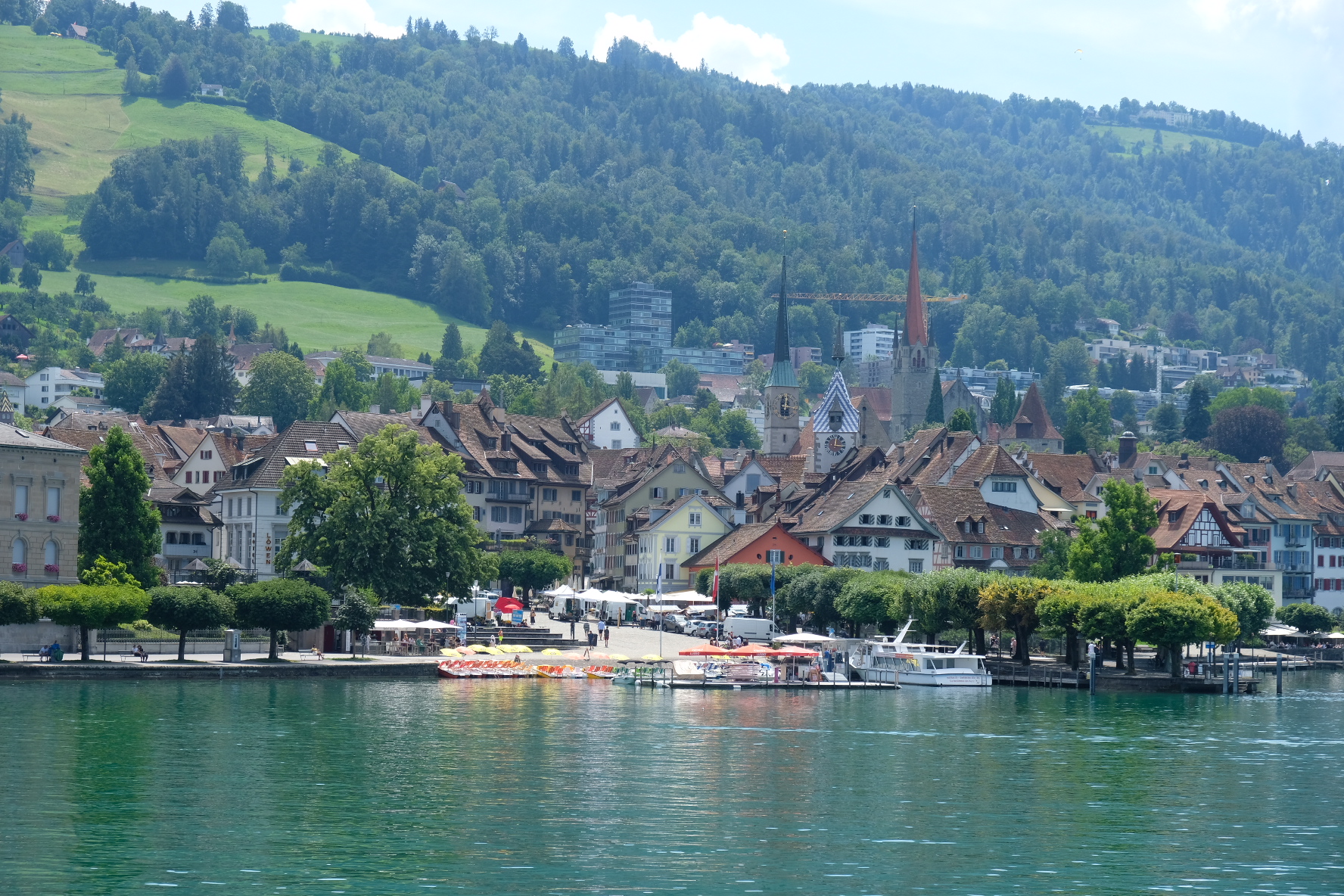


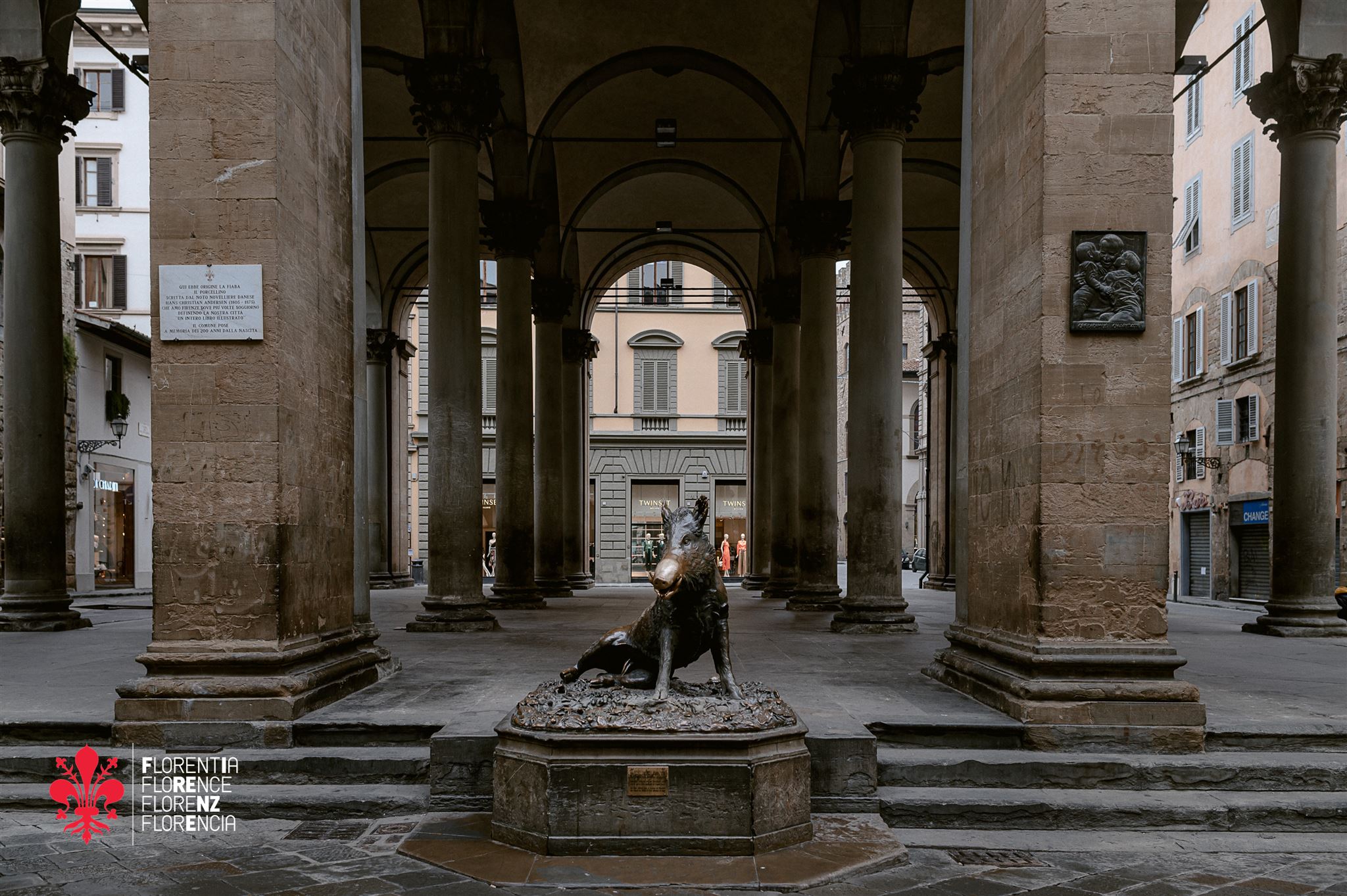
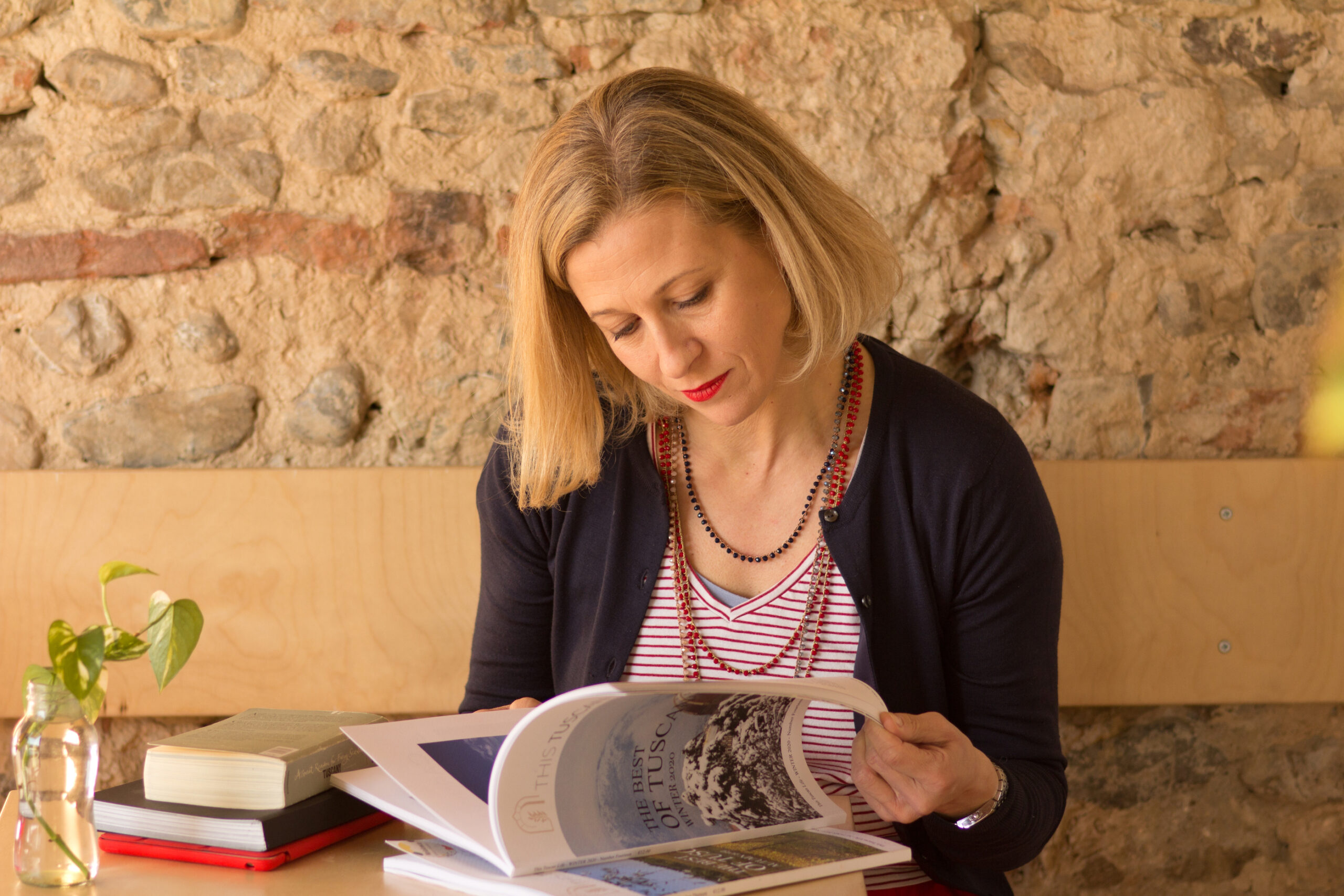

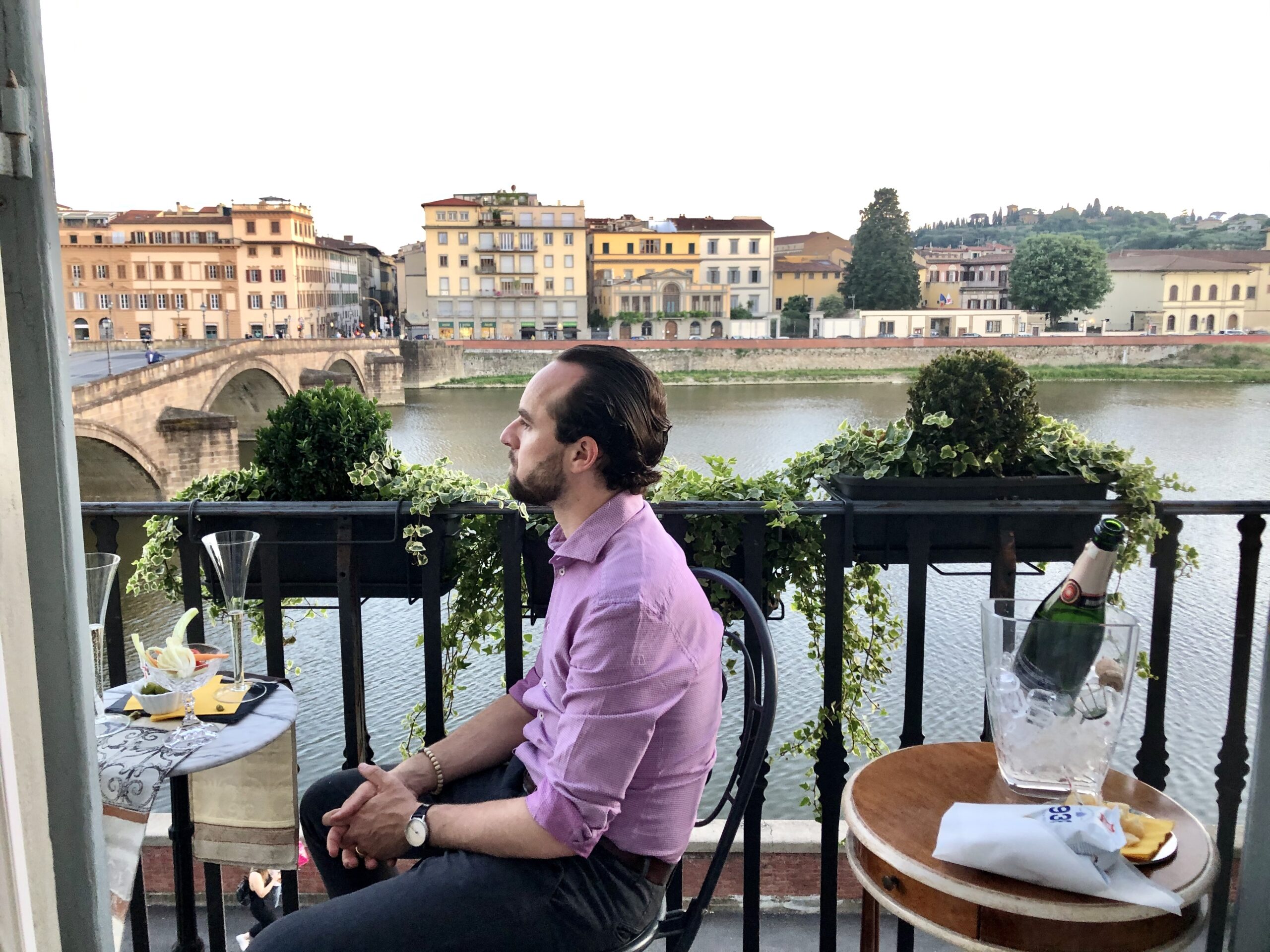
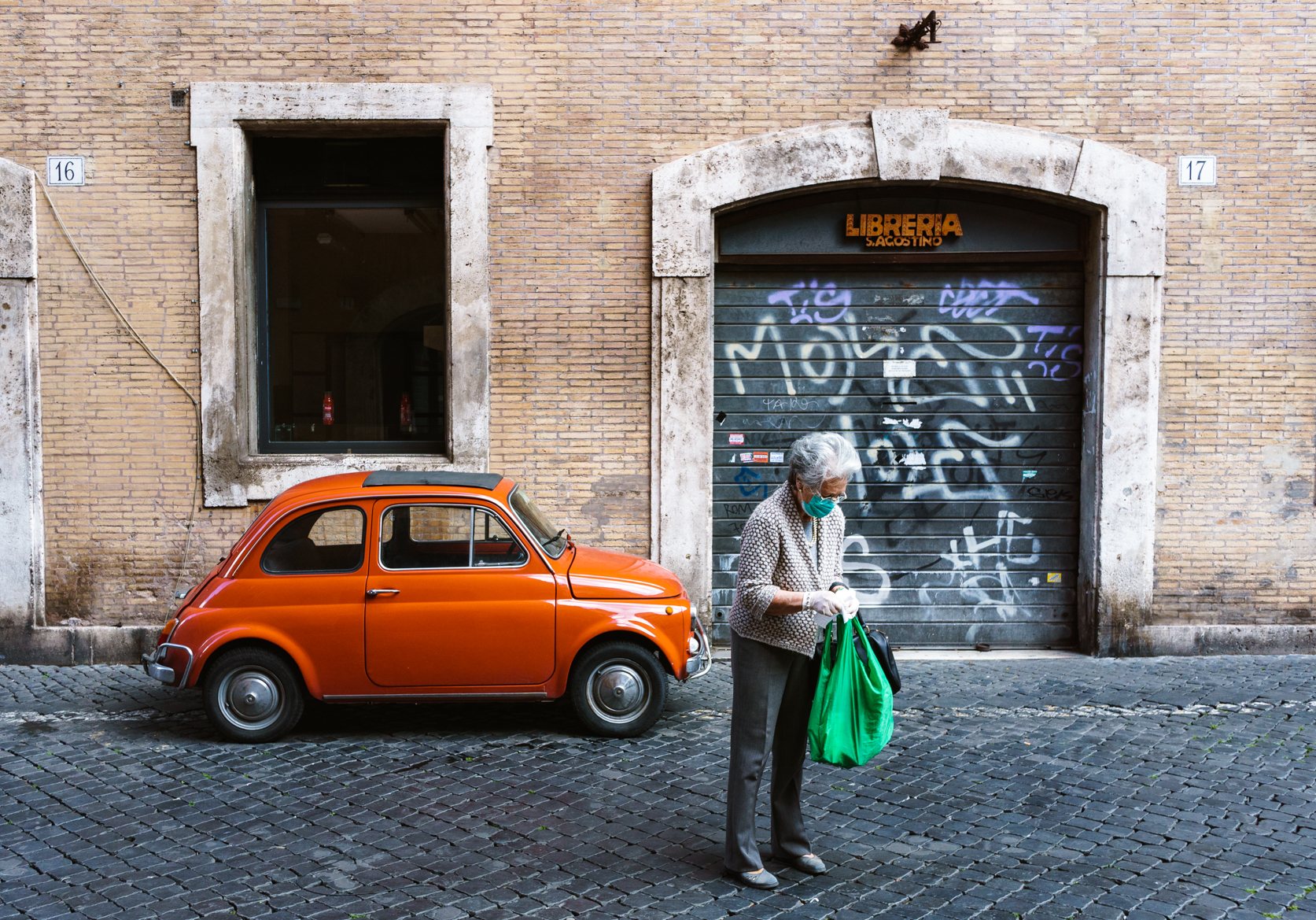

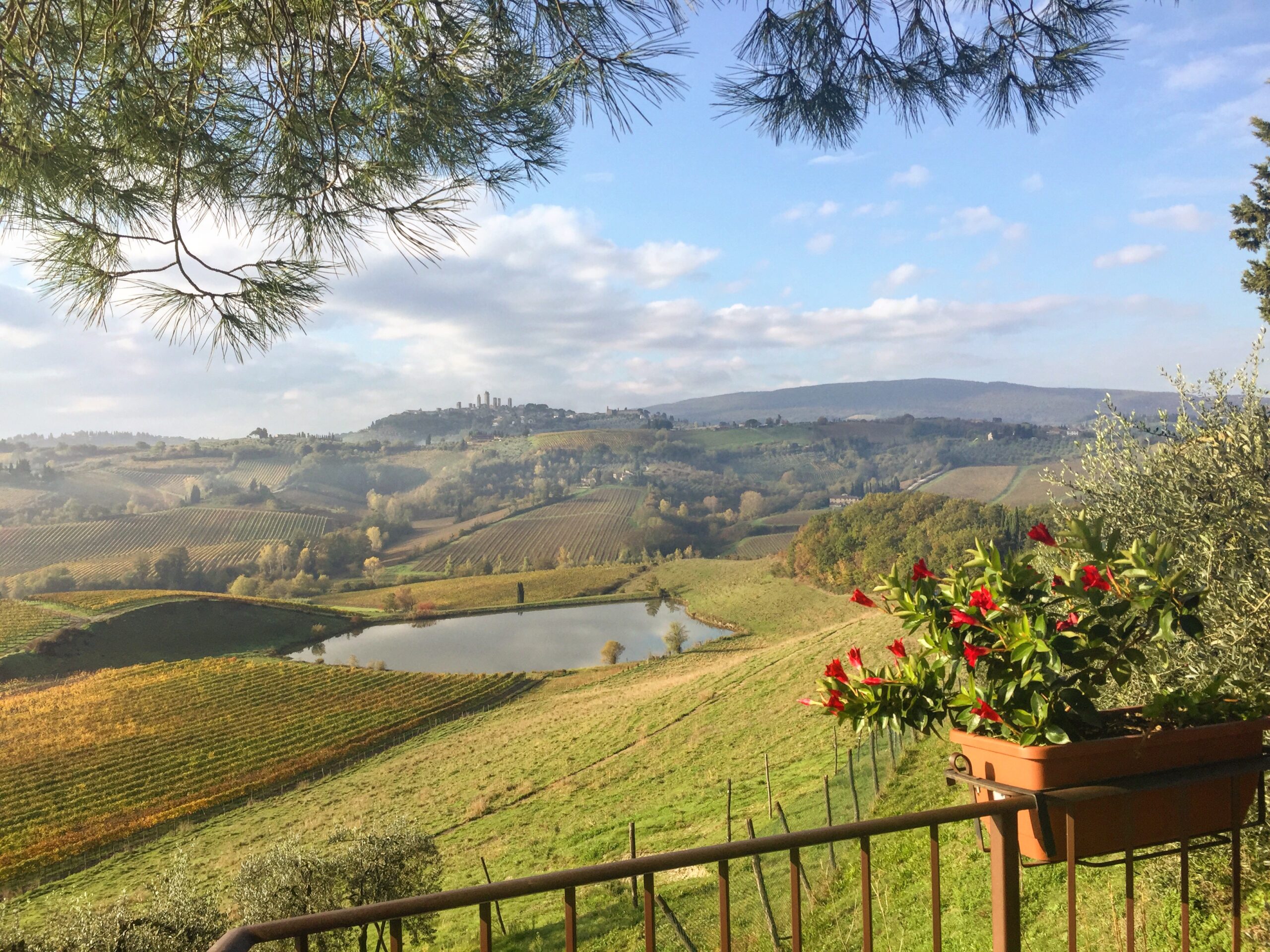

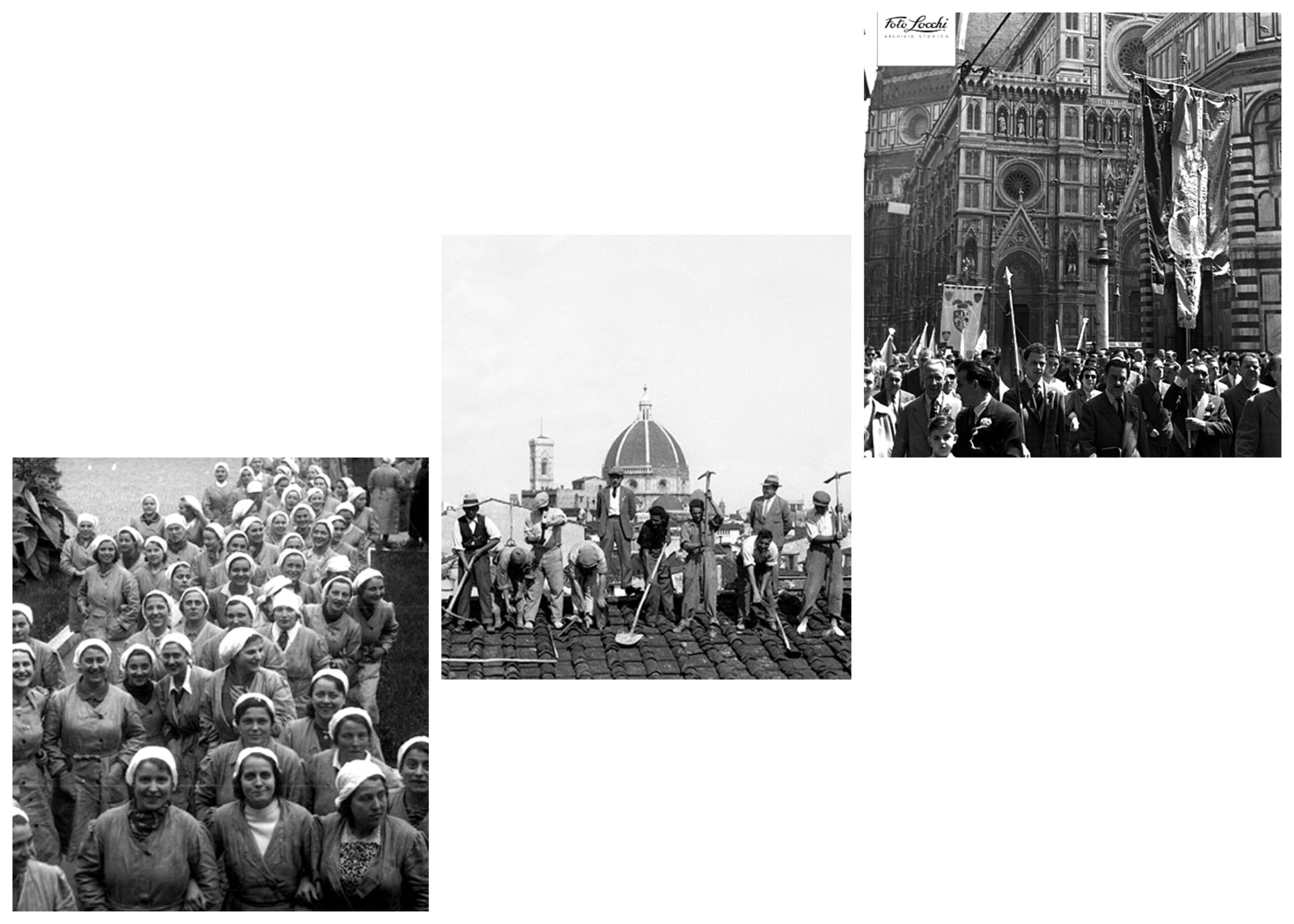
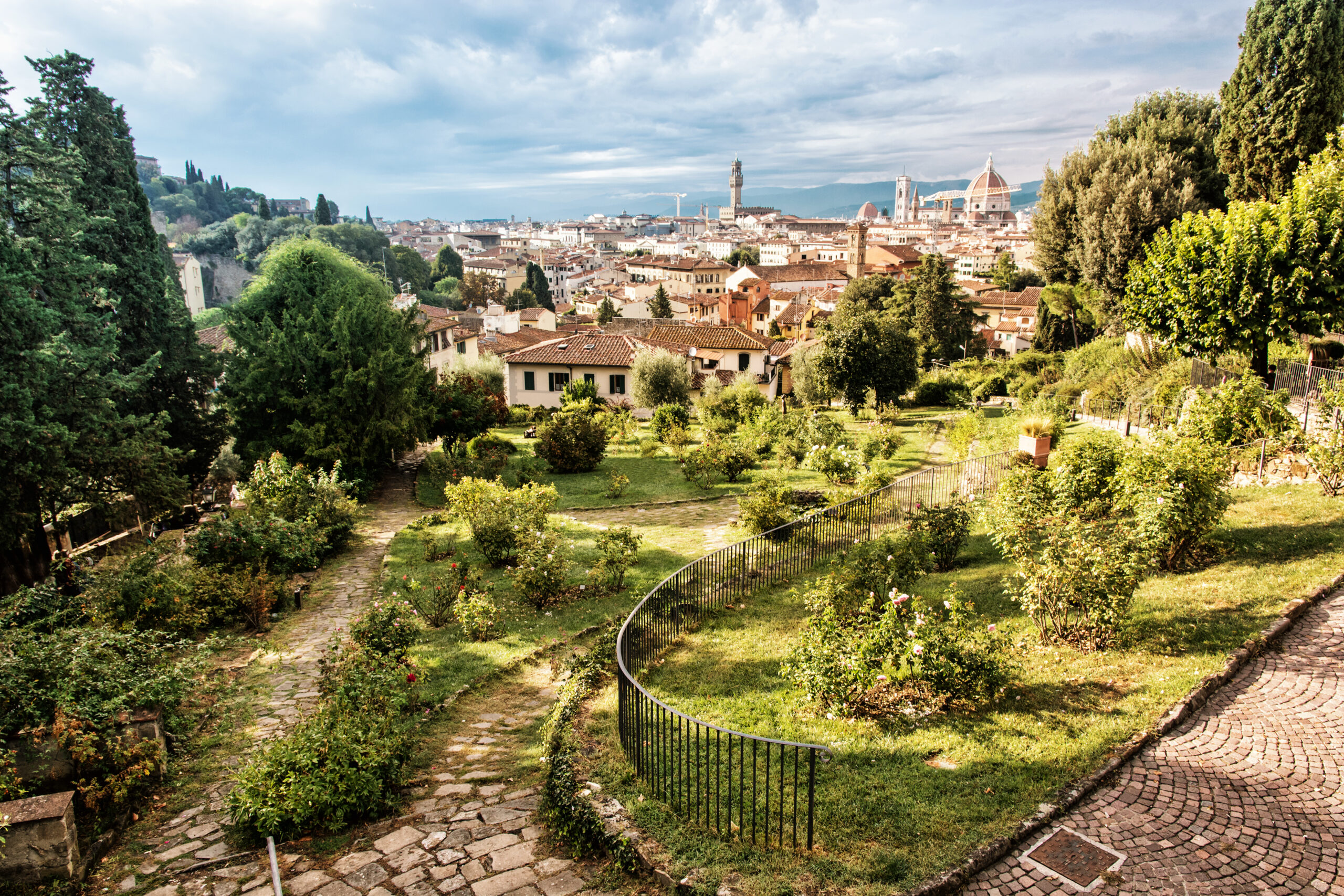
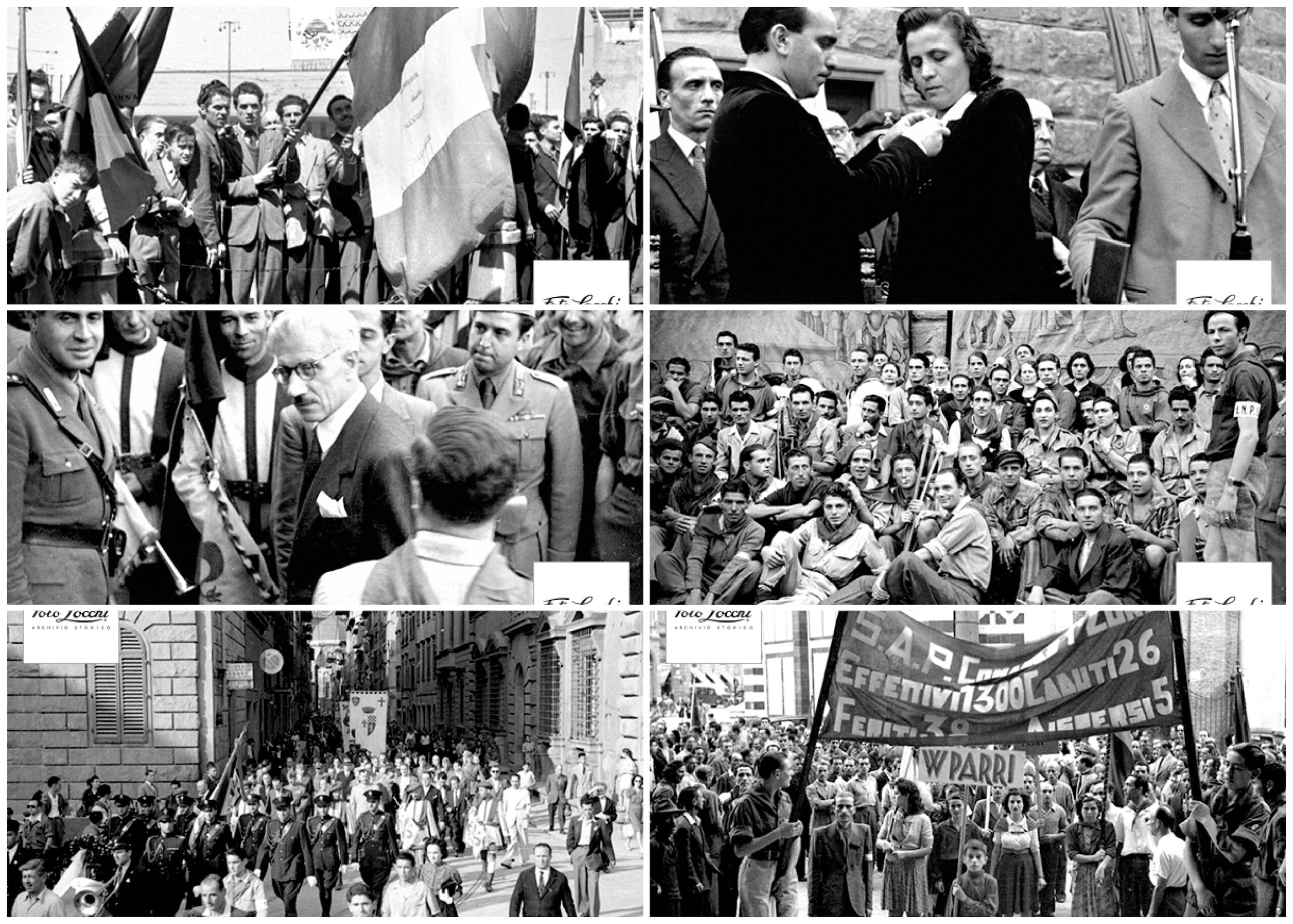
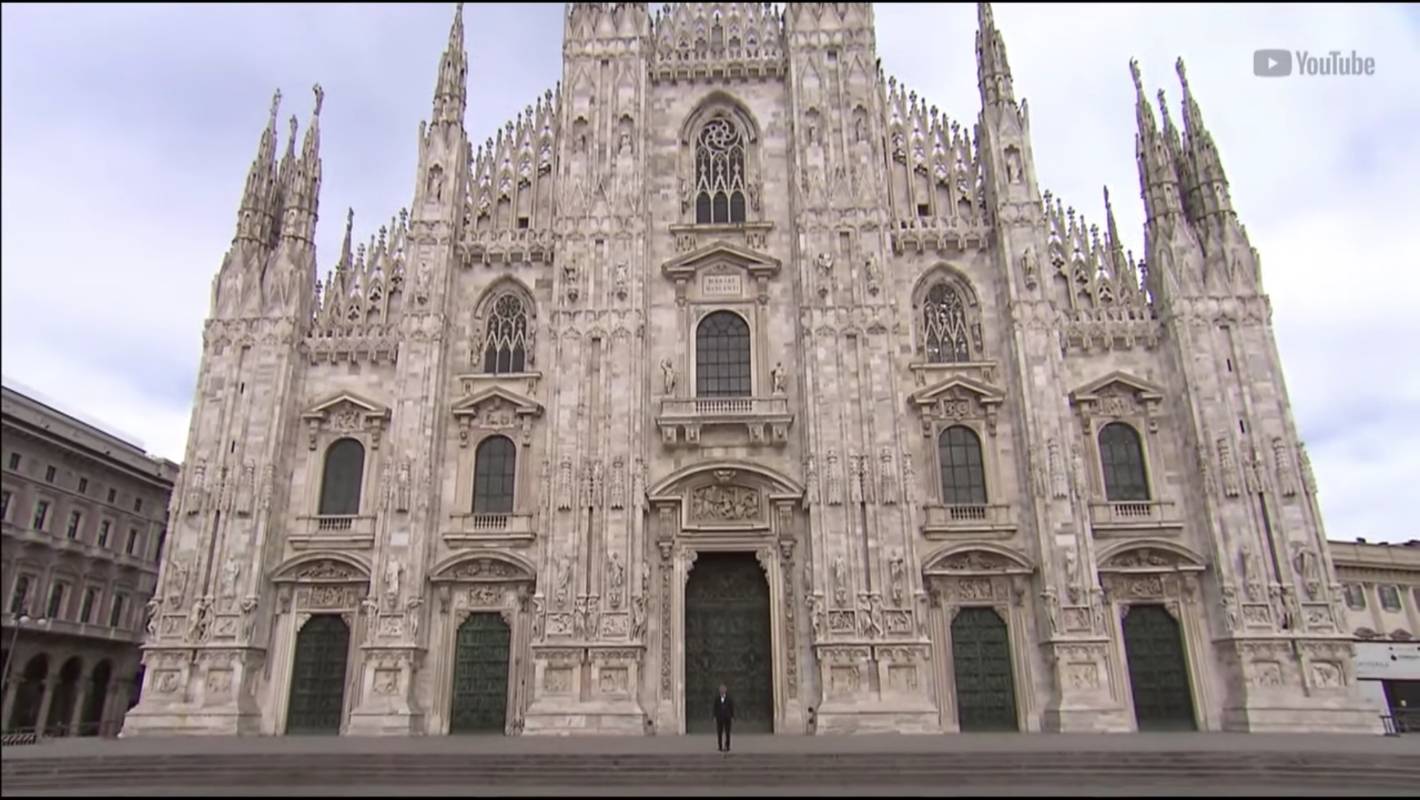
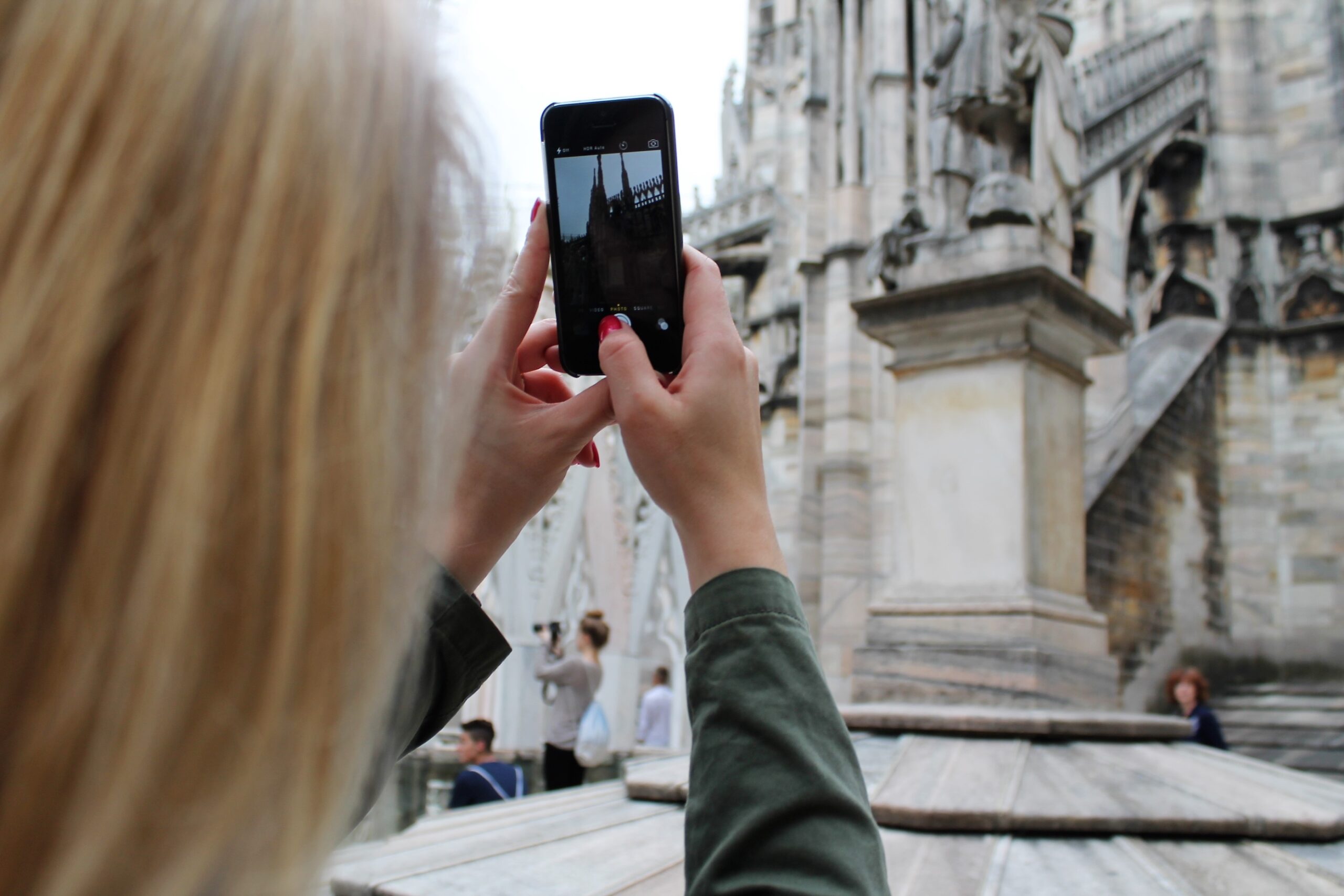

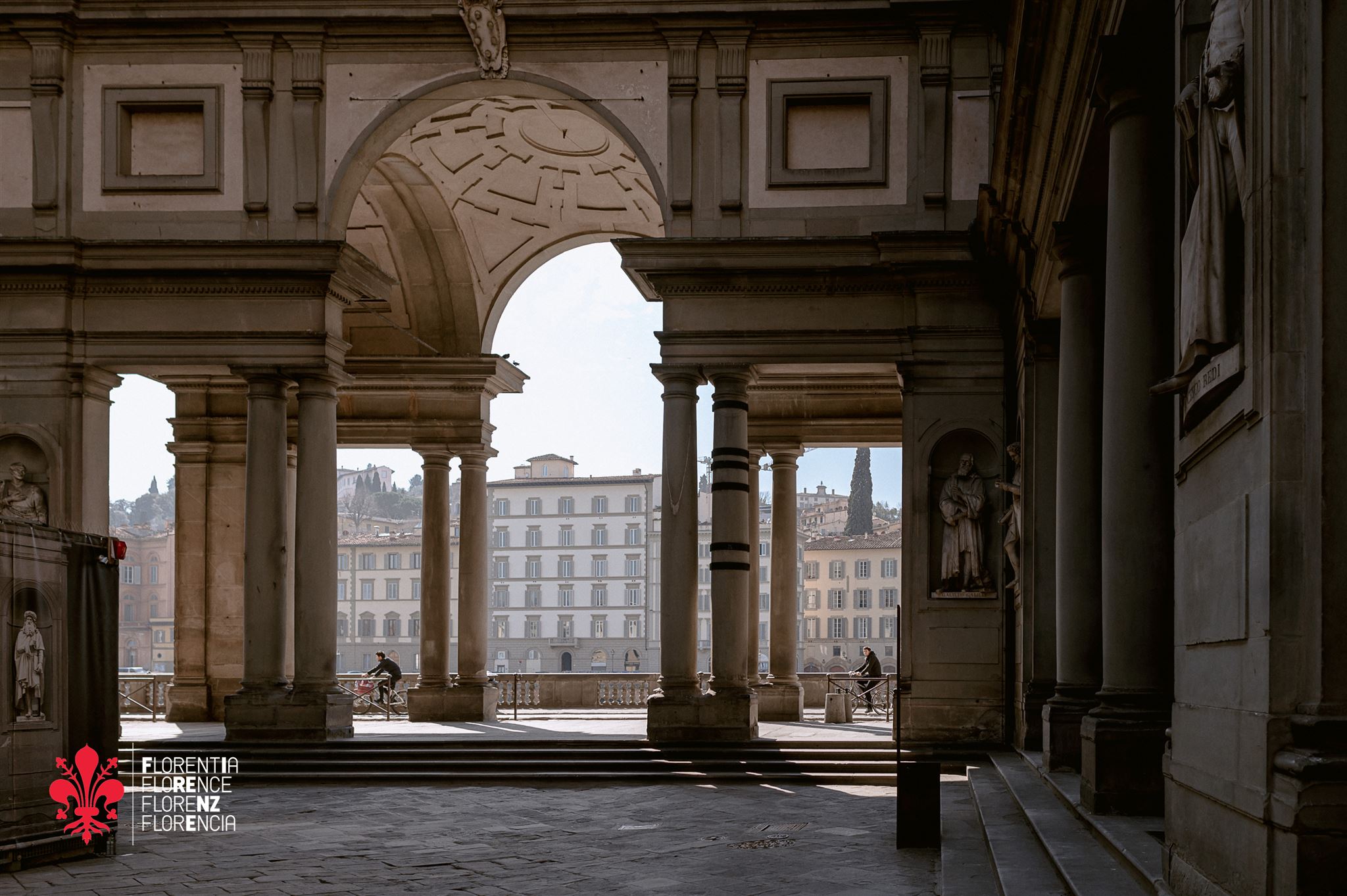

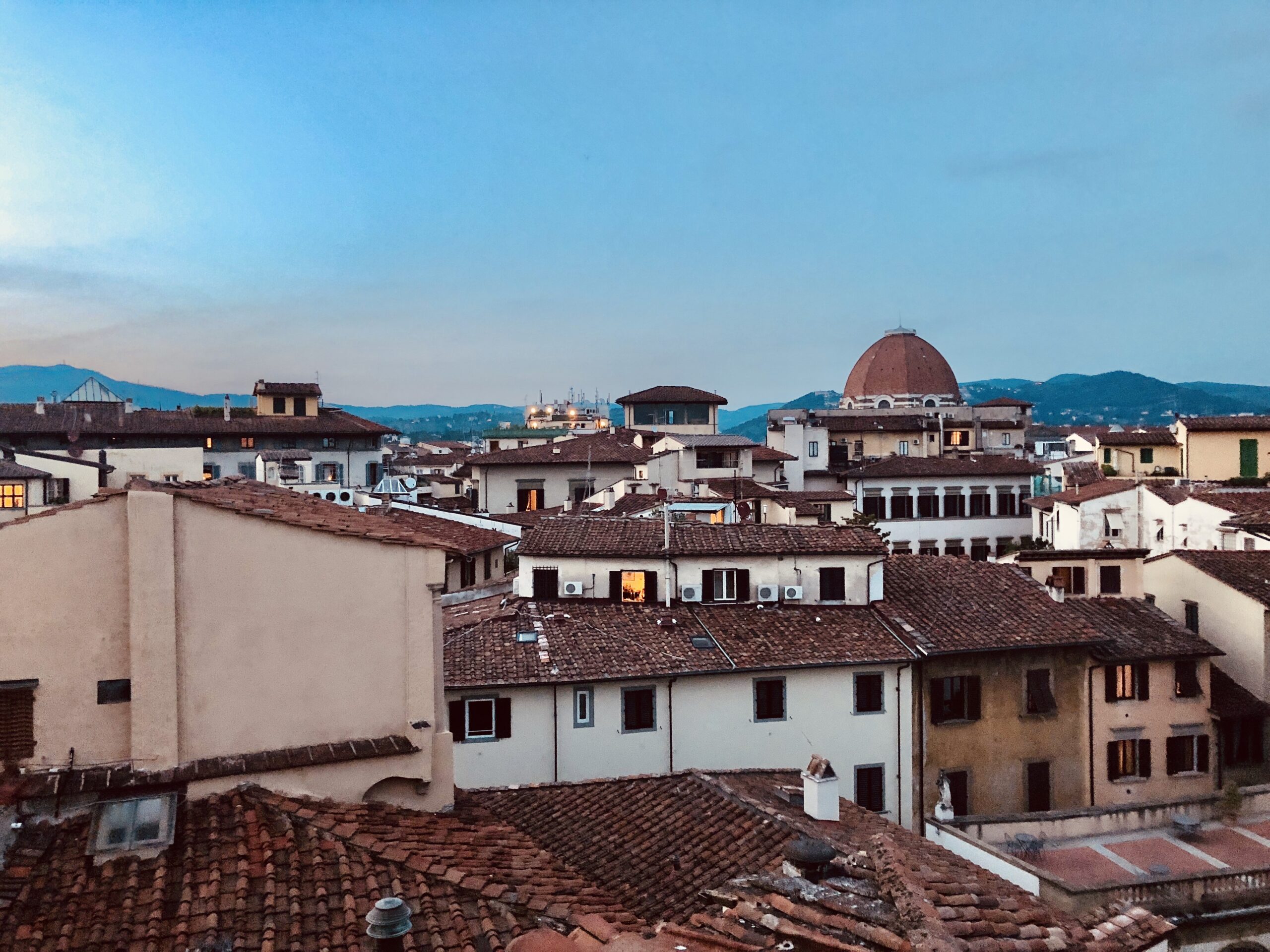
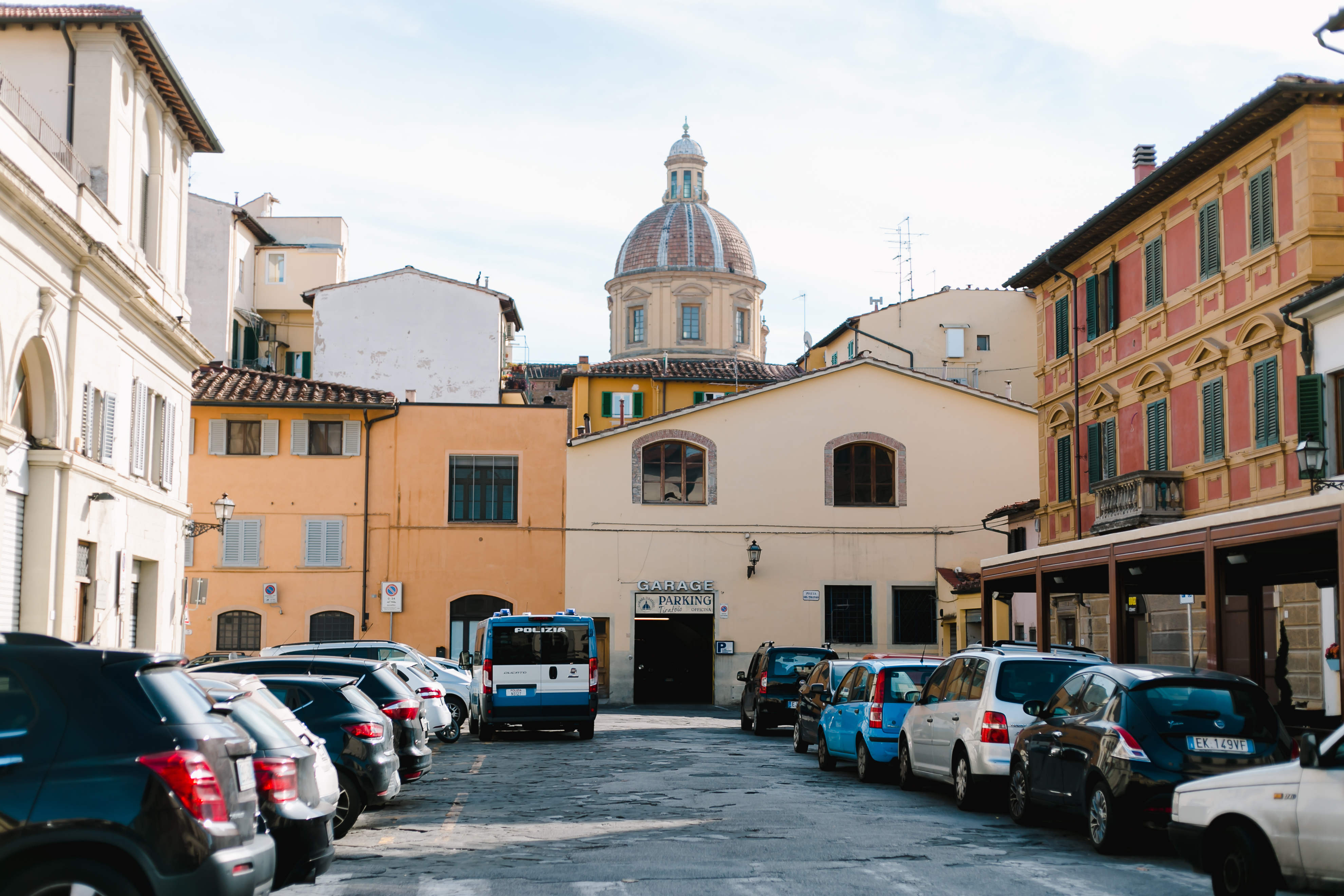
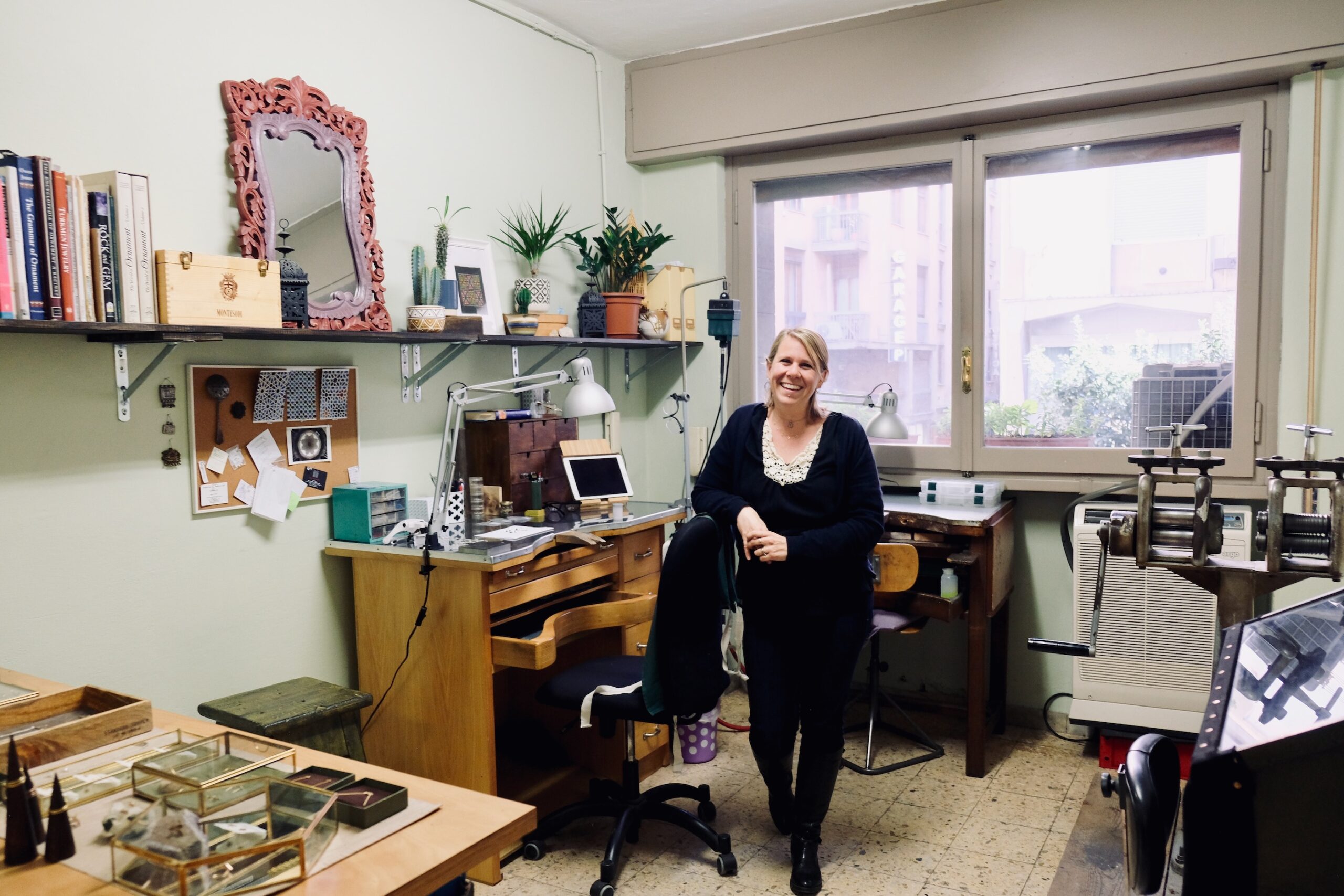
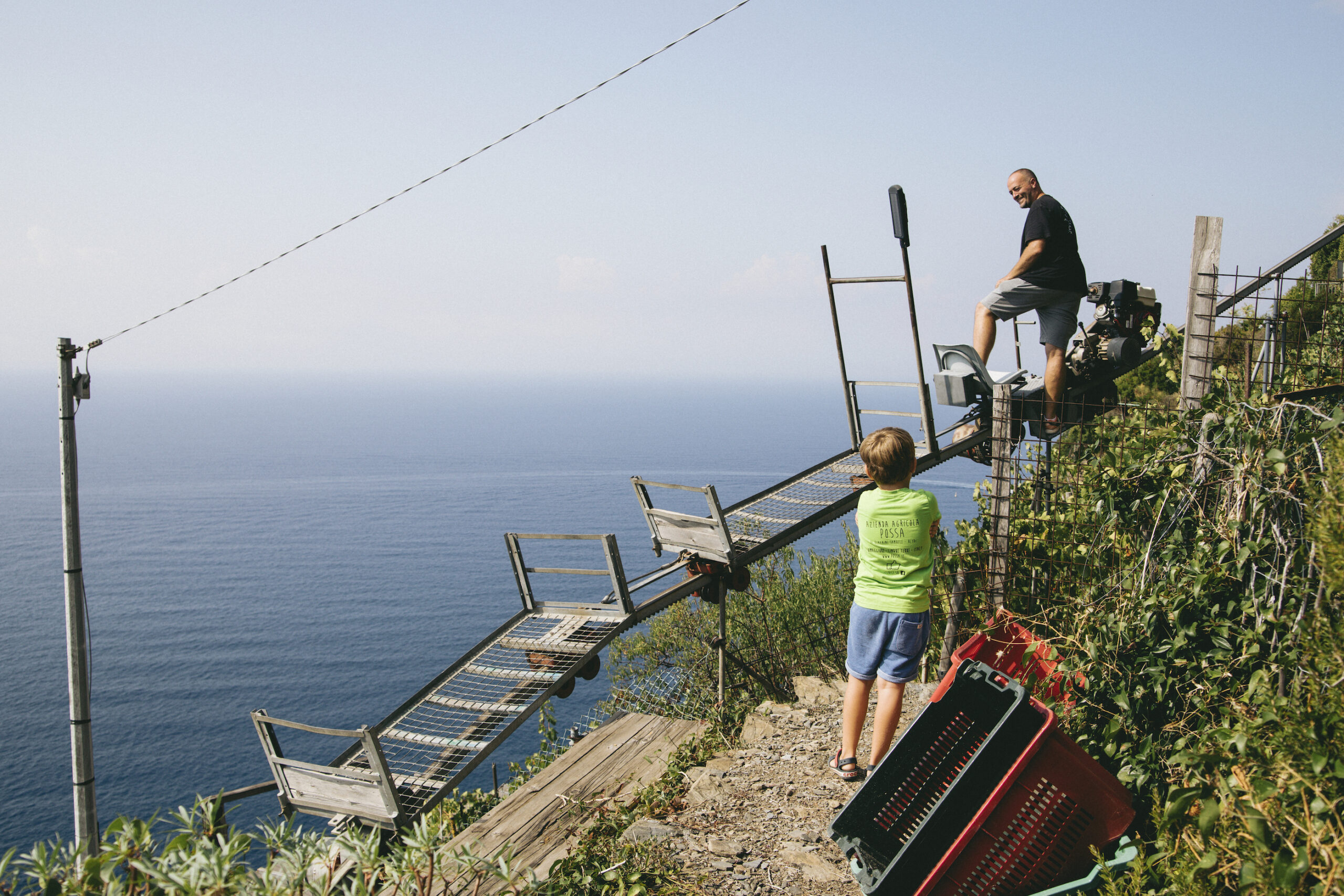

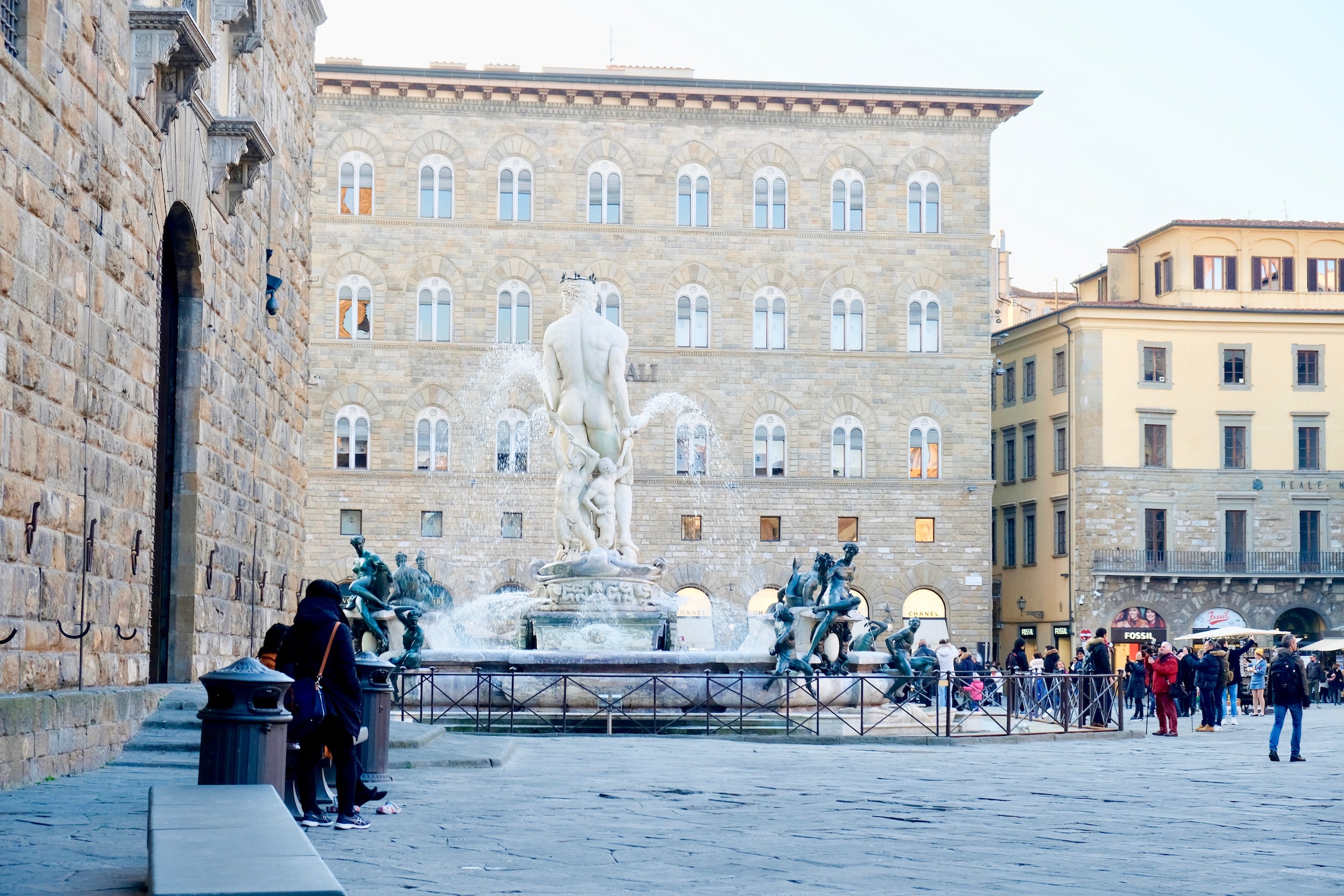
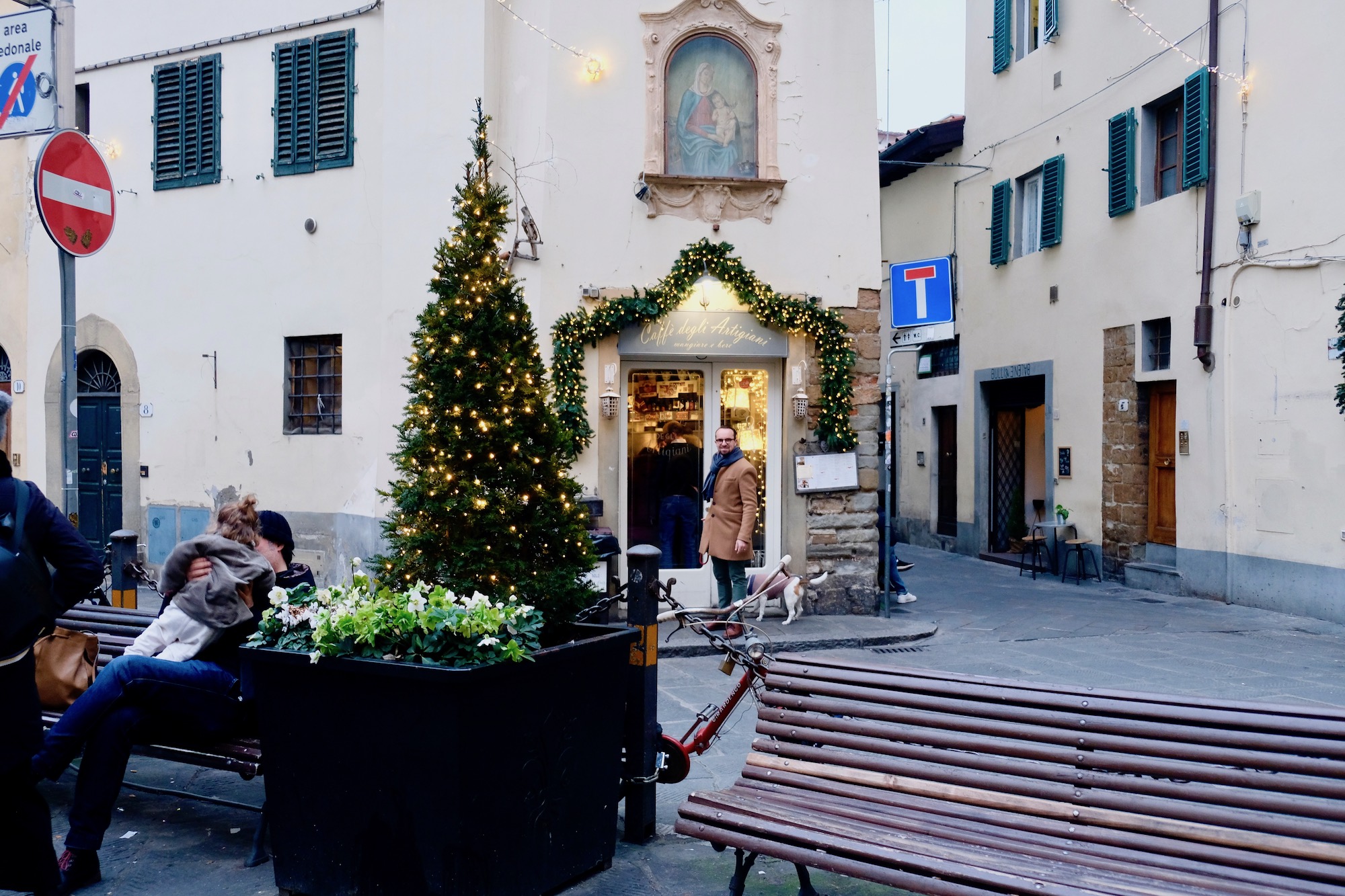
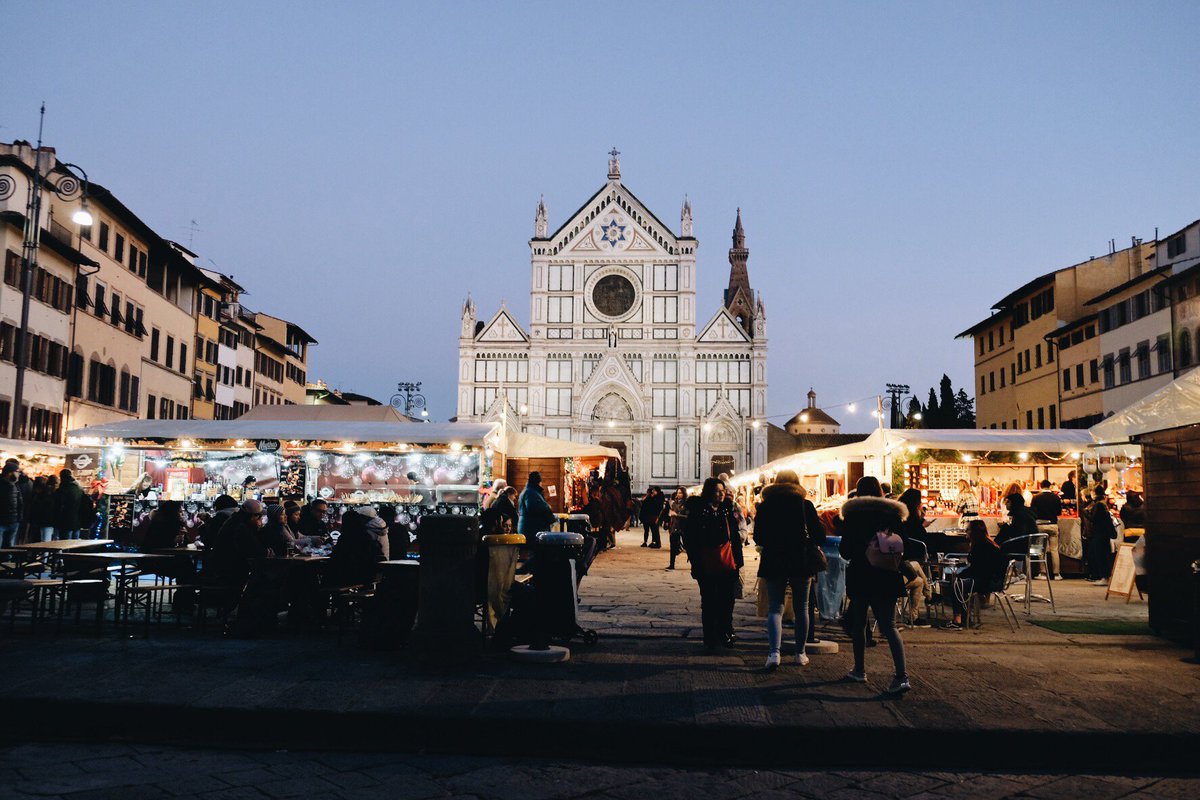

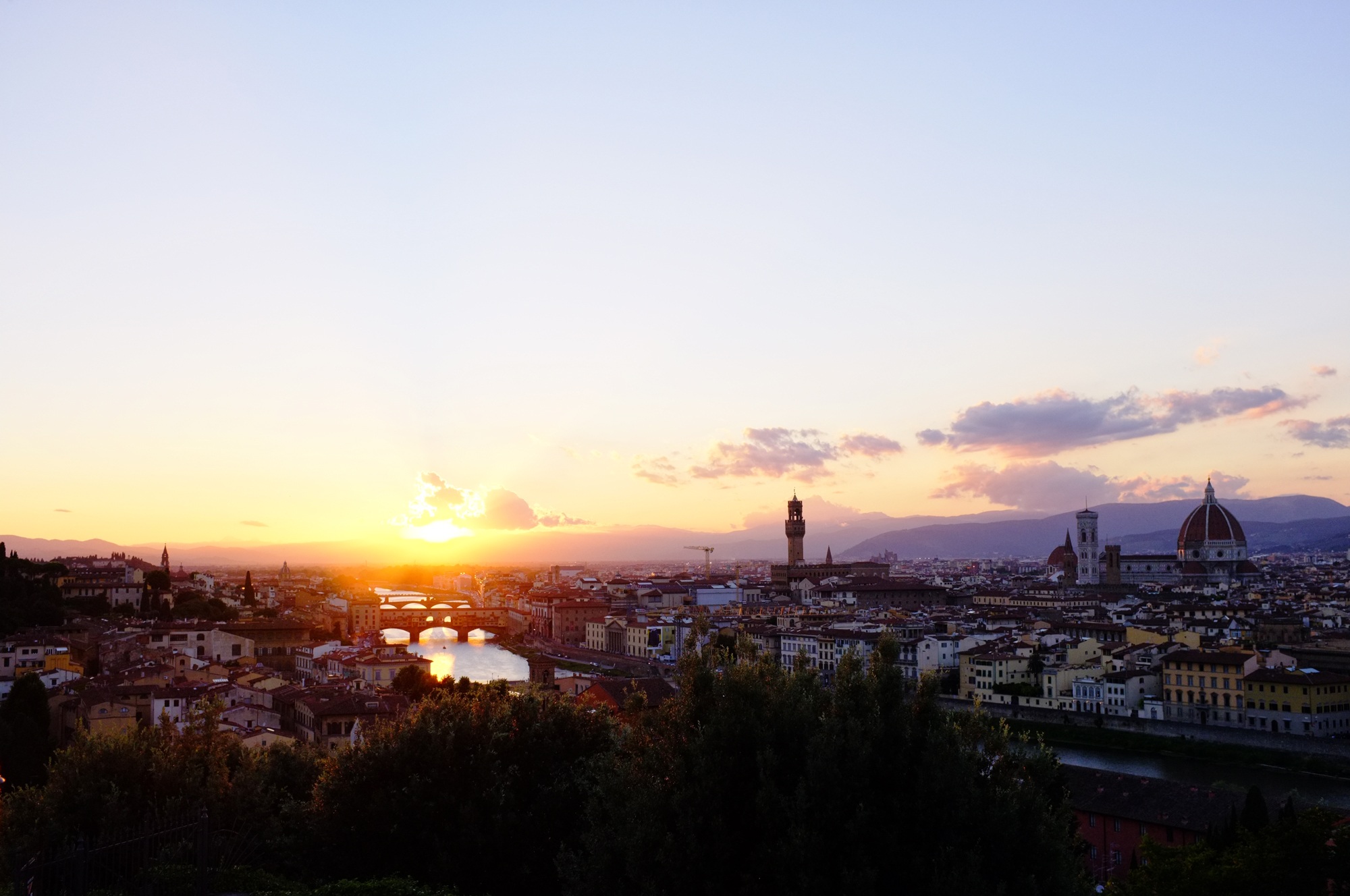
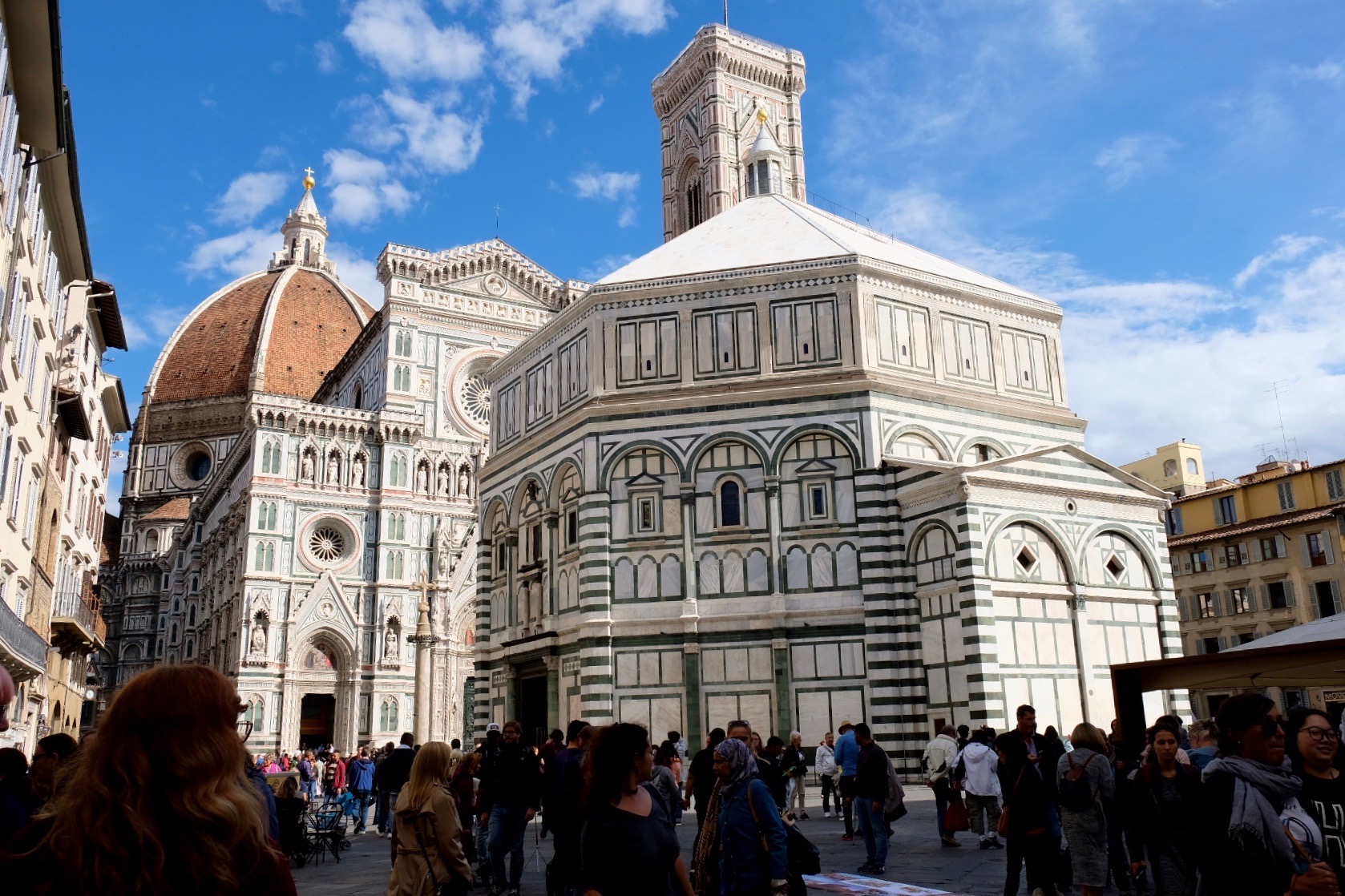
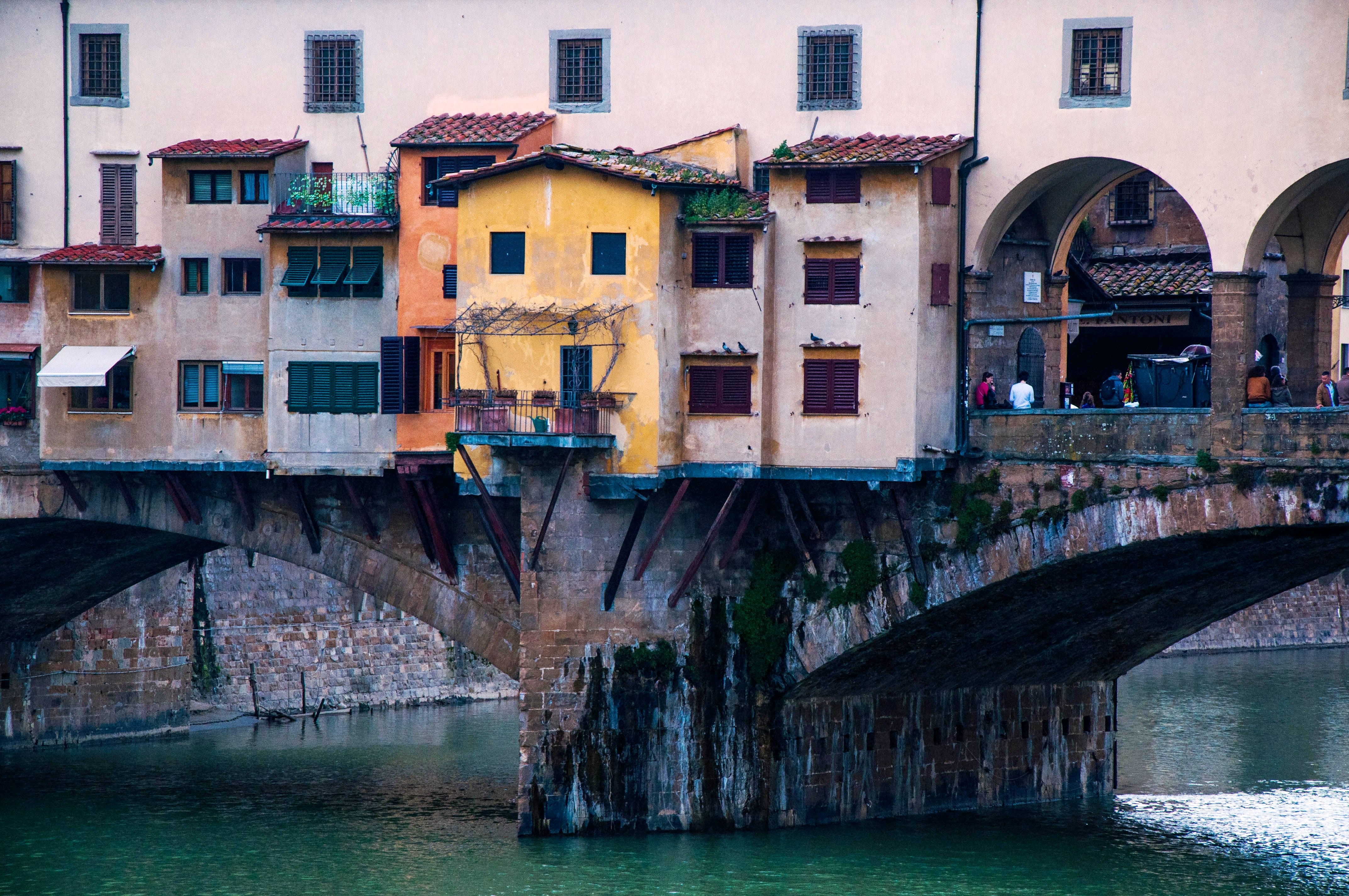

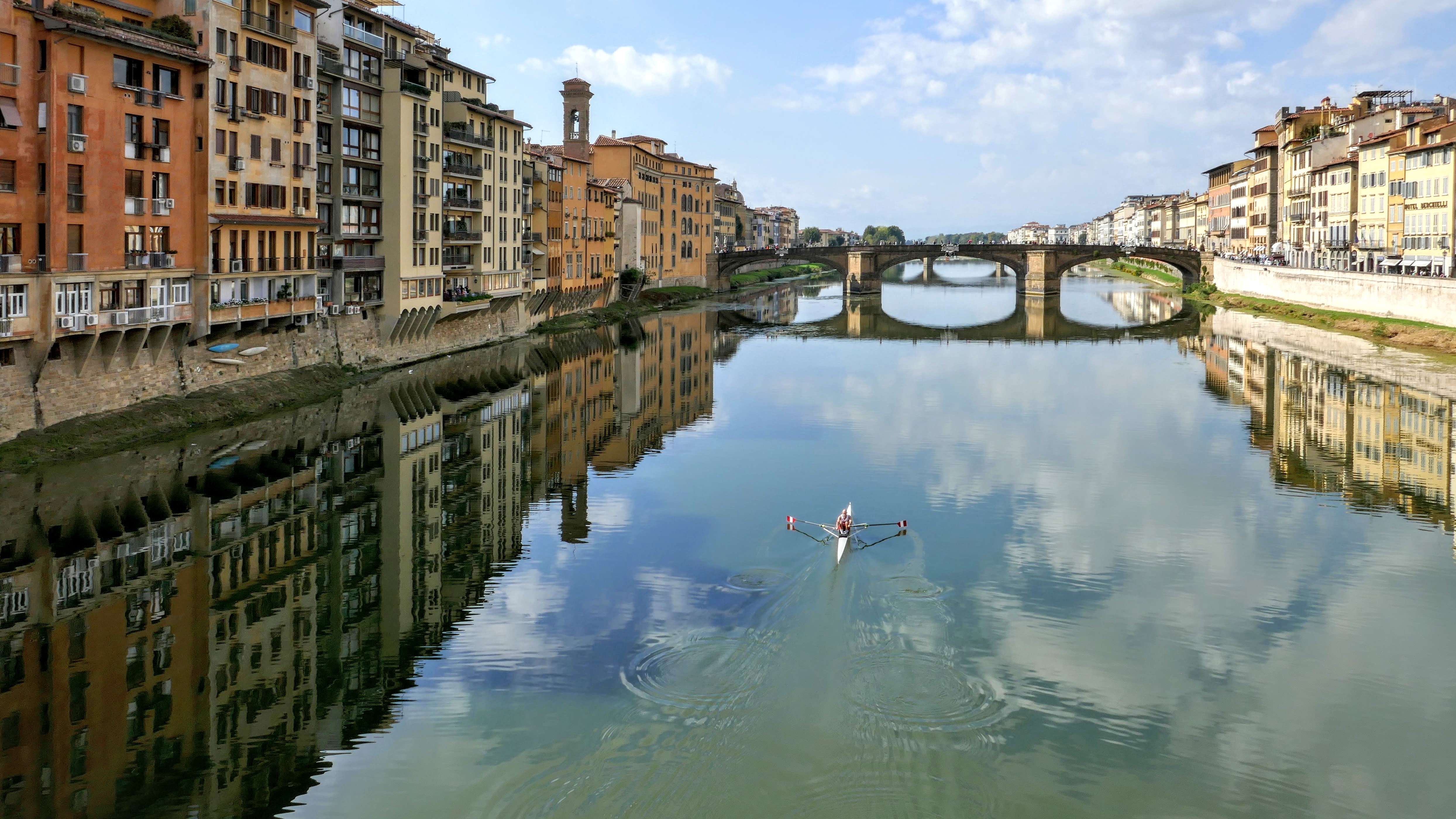

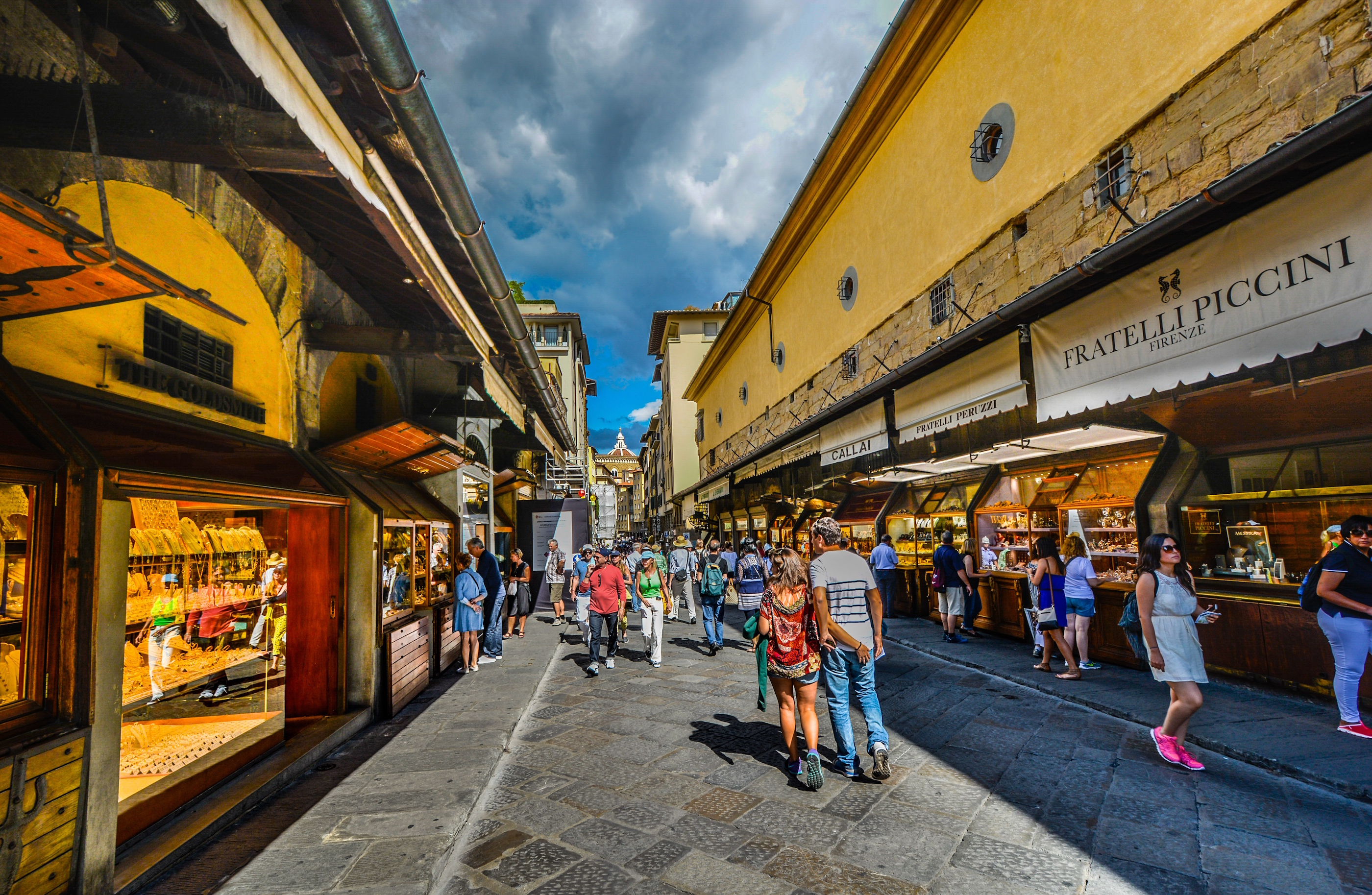


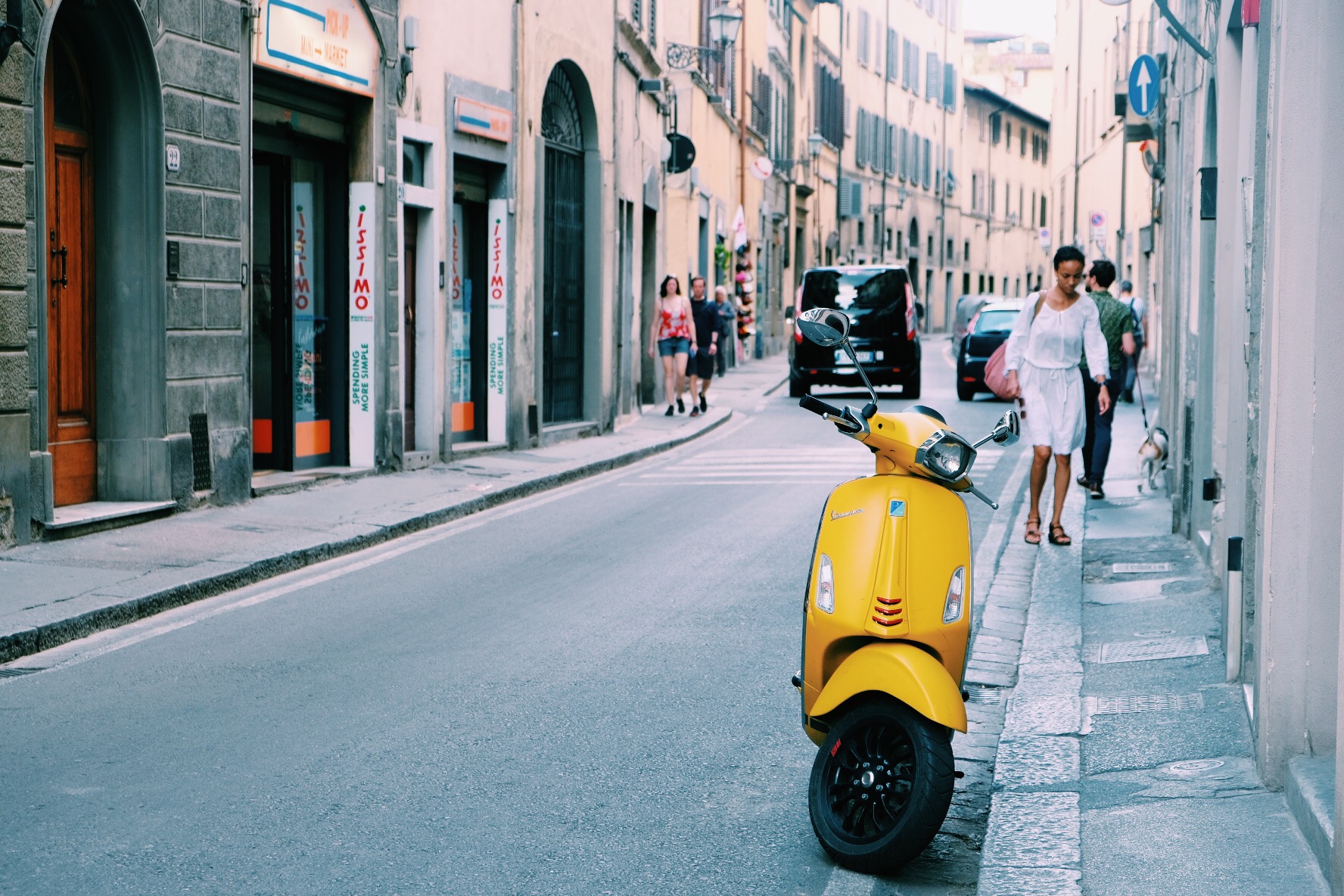
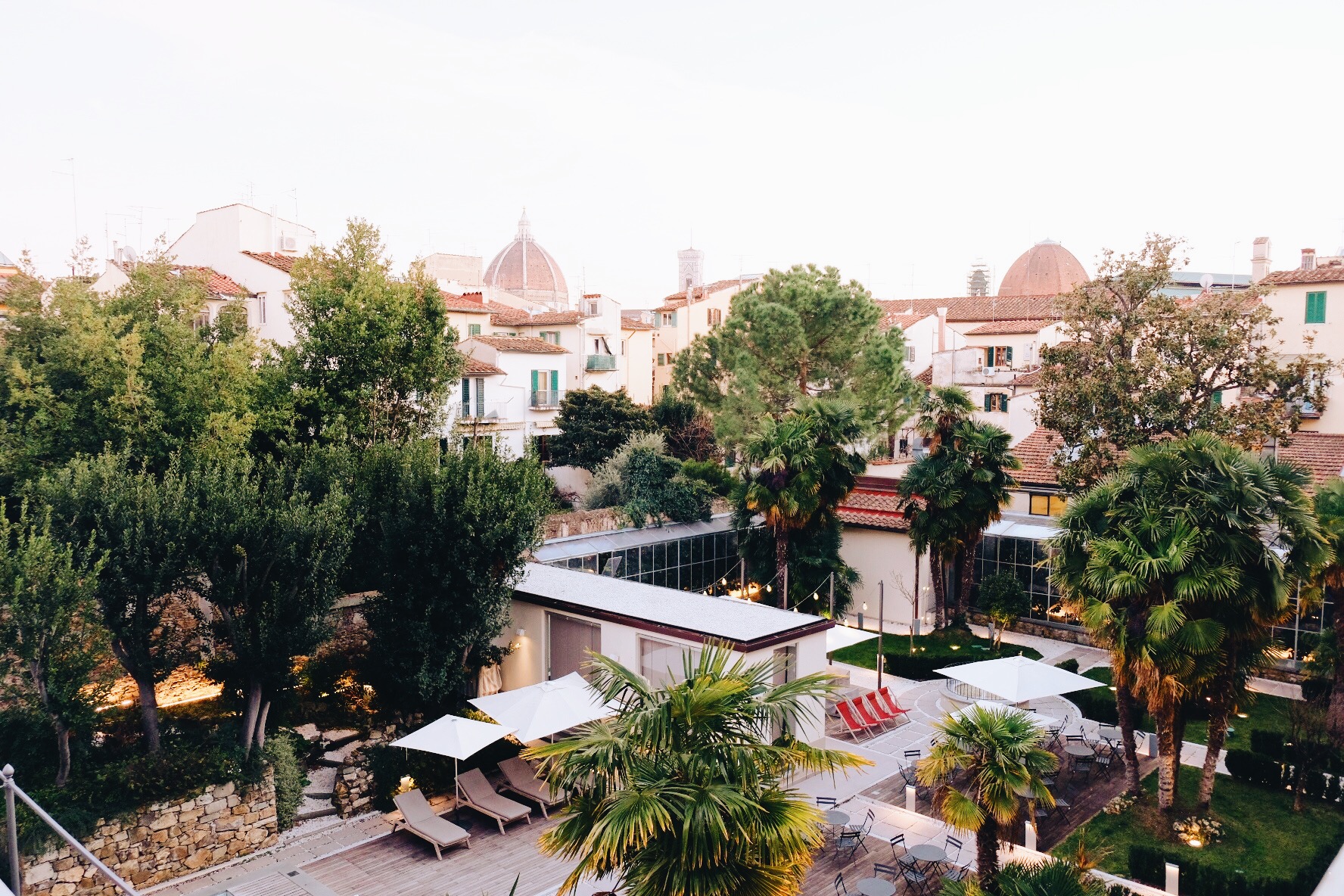
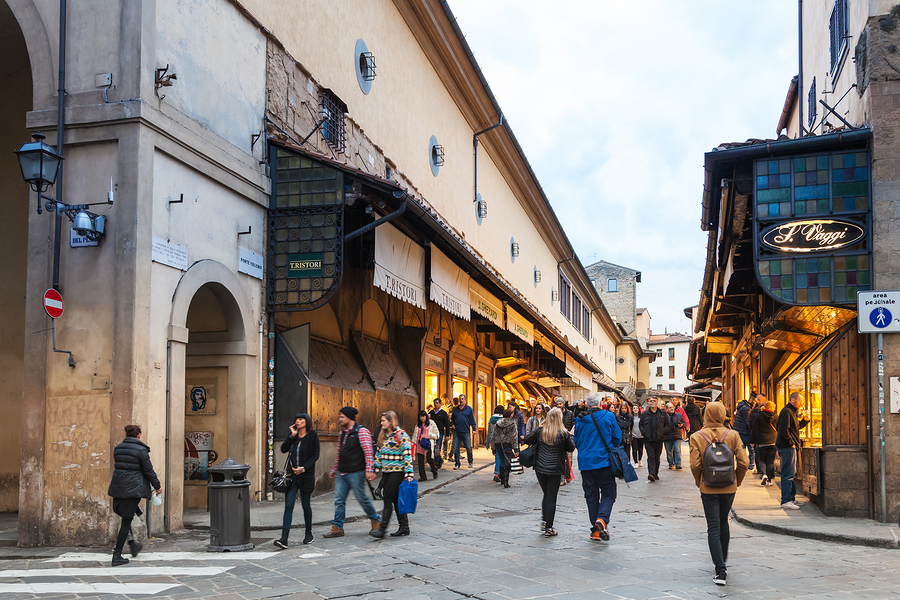
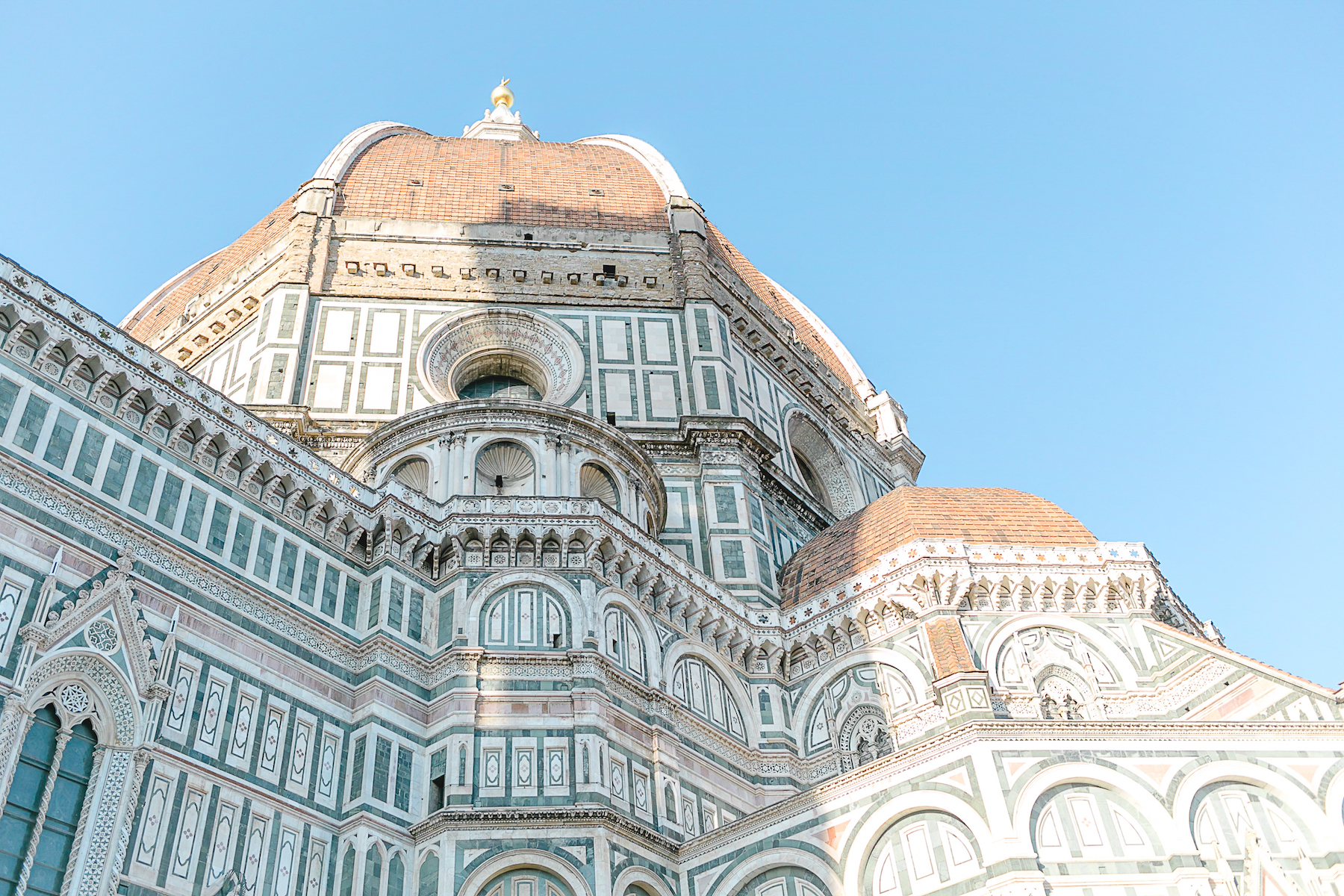
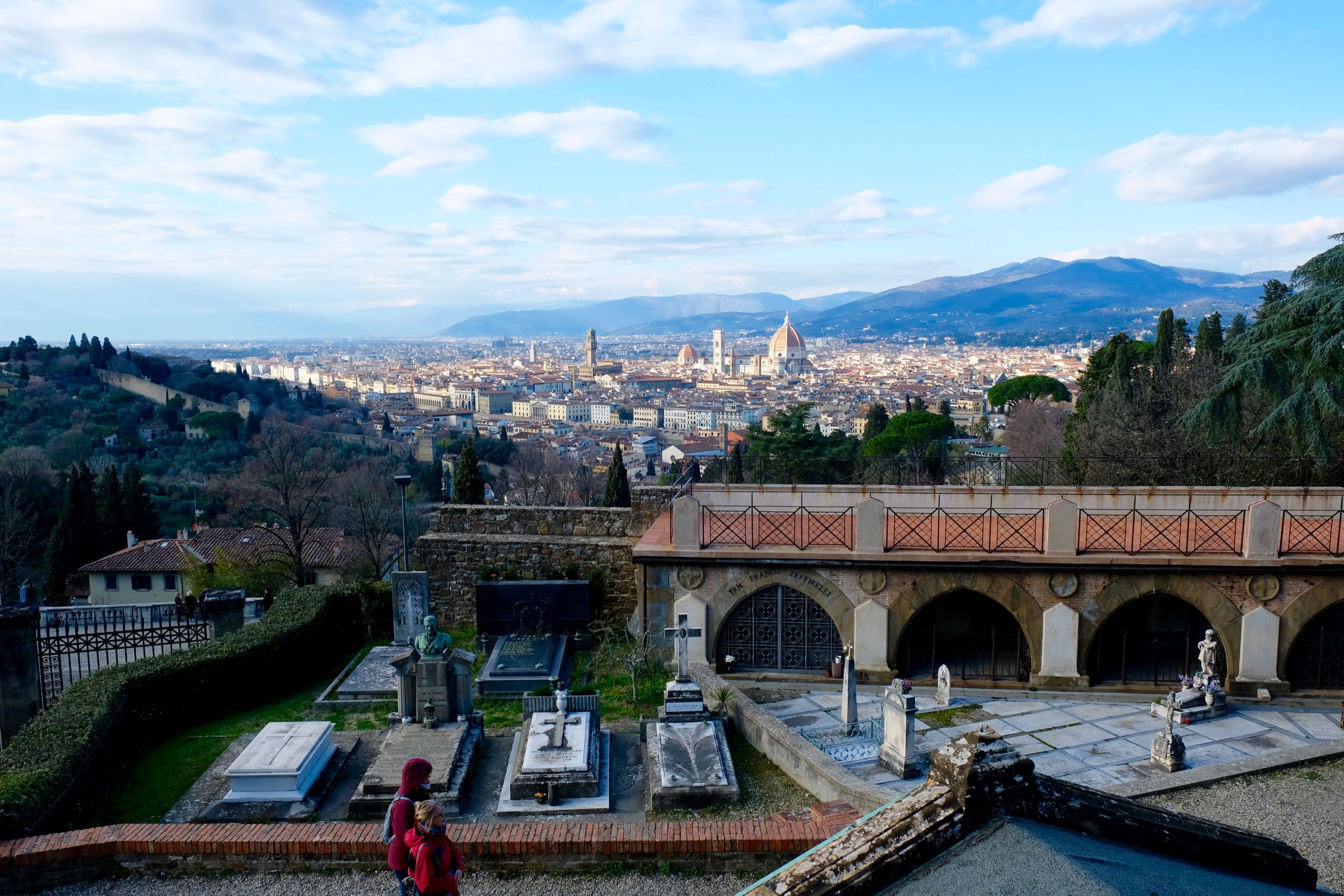
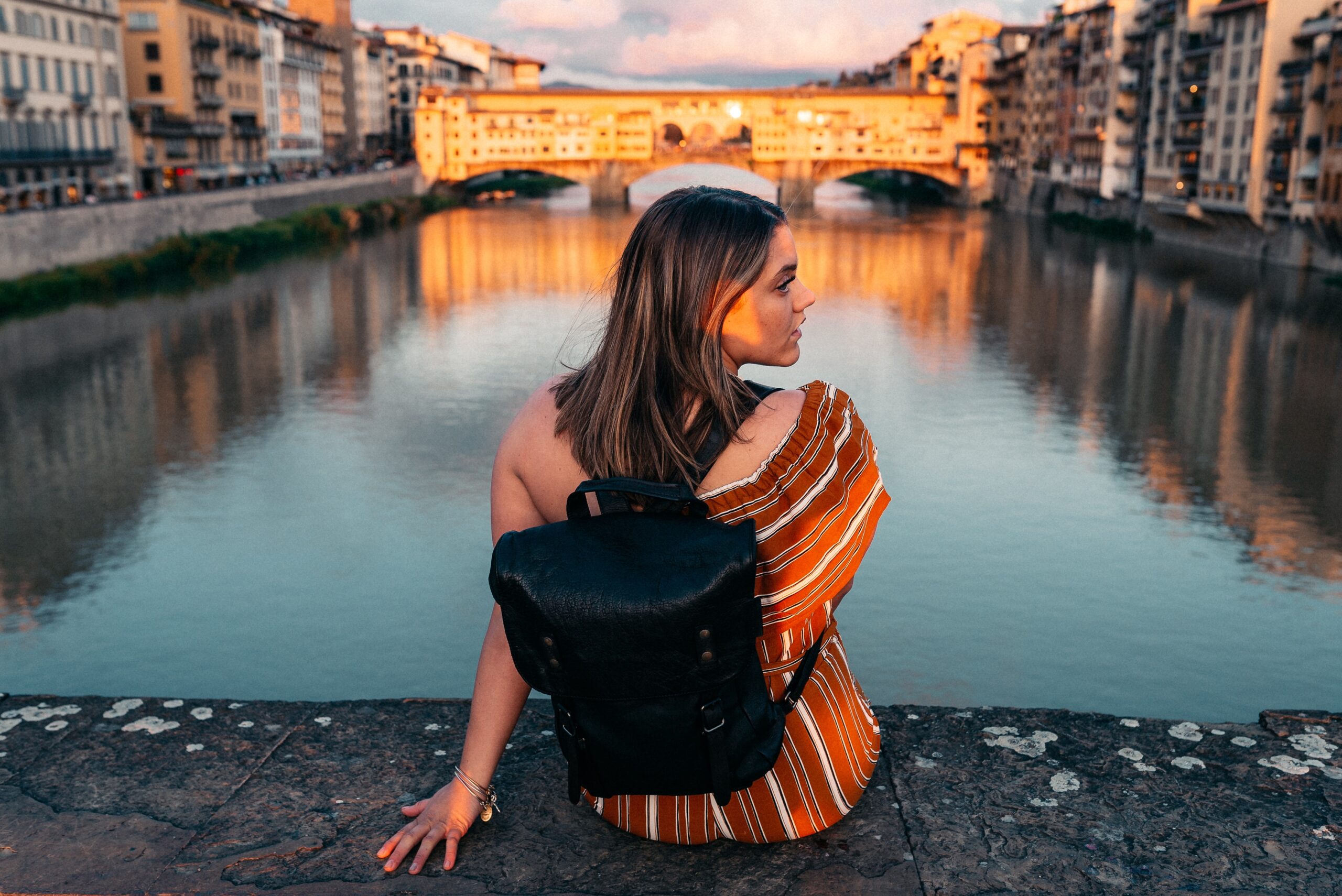

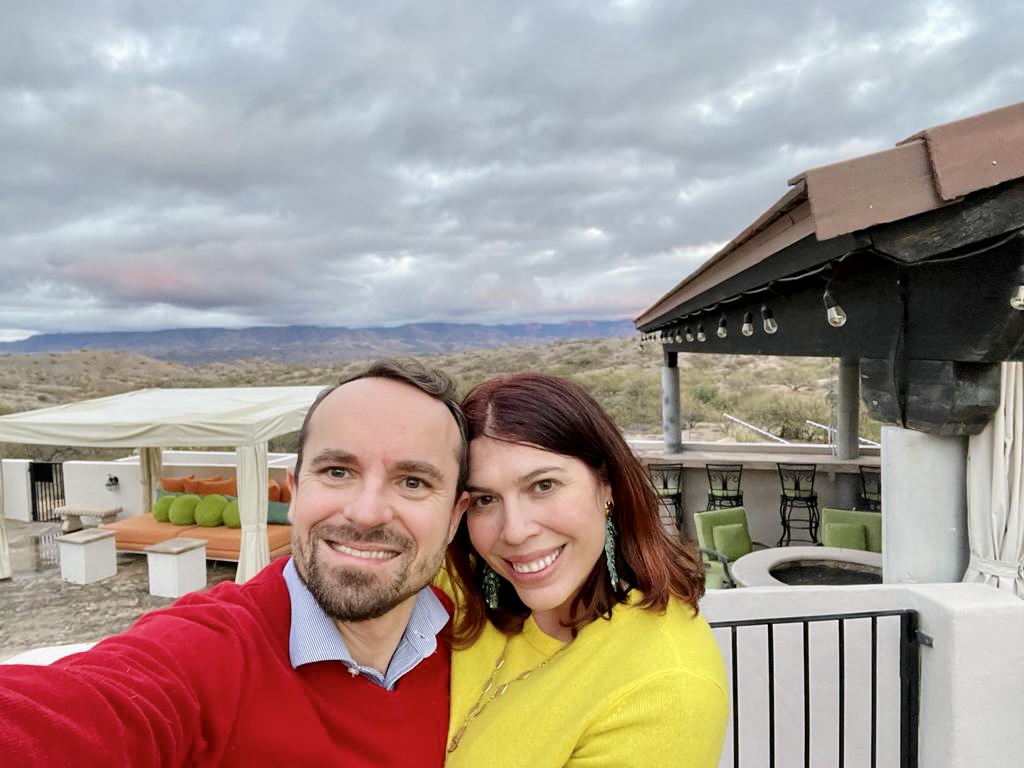



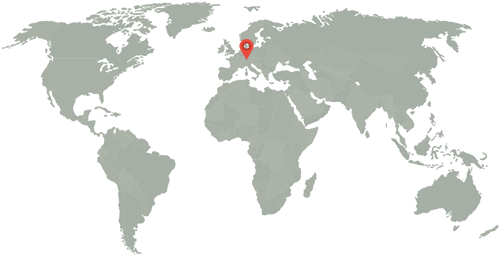
One Response
Thanks again so much, Georgette. The good wishes from those wonderful folks touched my heart and made me cry. Stay safe with your family, and keep up the terrific gift that you are giving us in Florence during this difficult time. xoxo